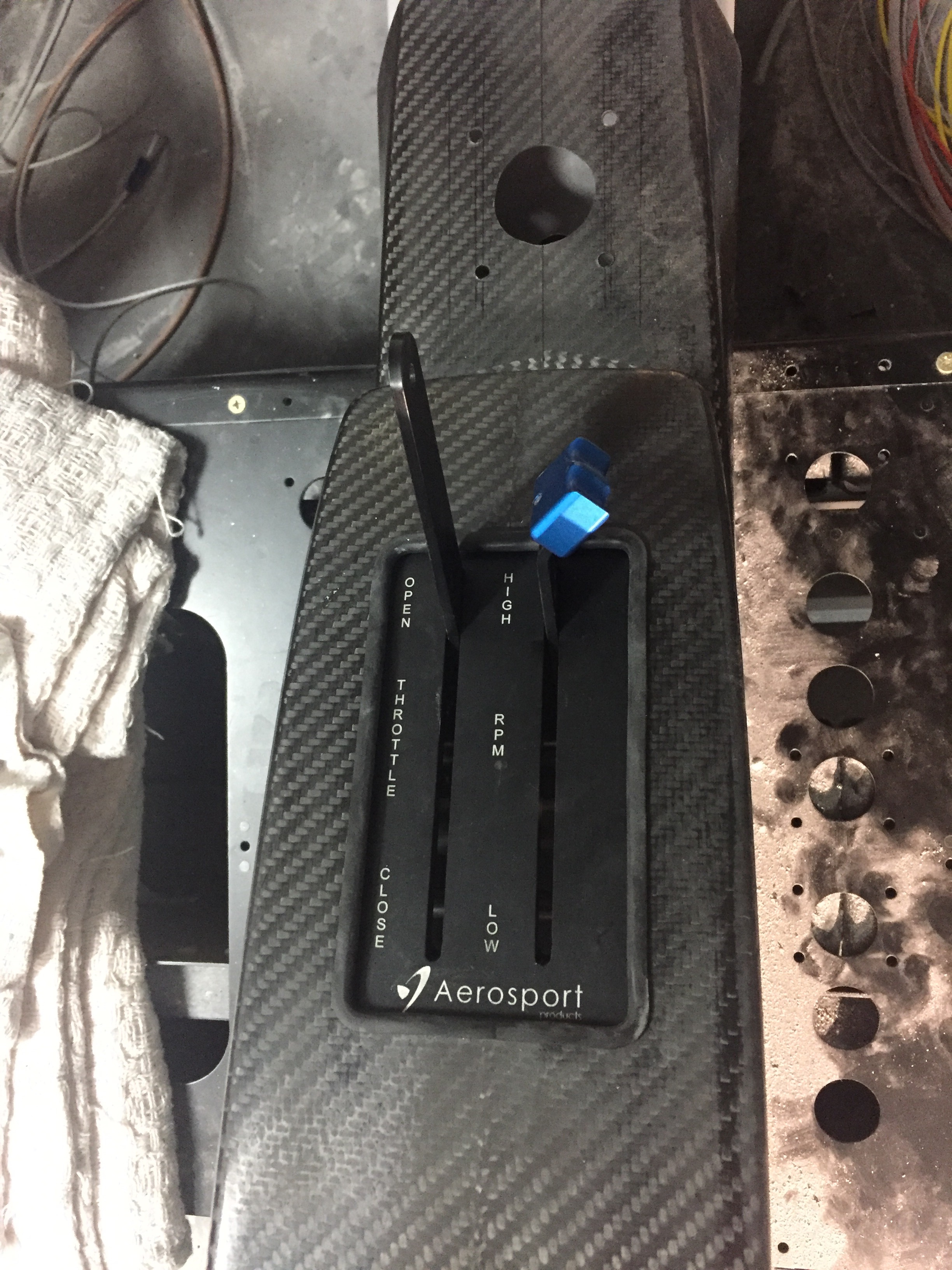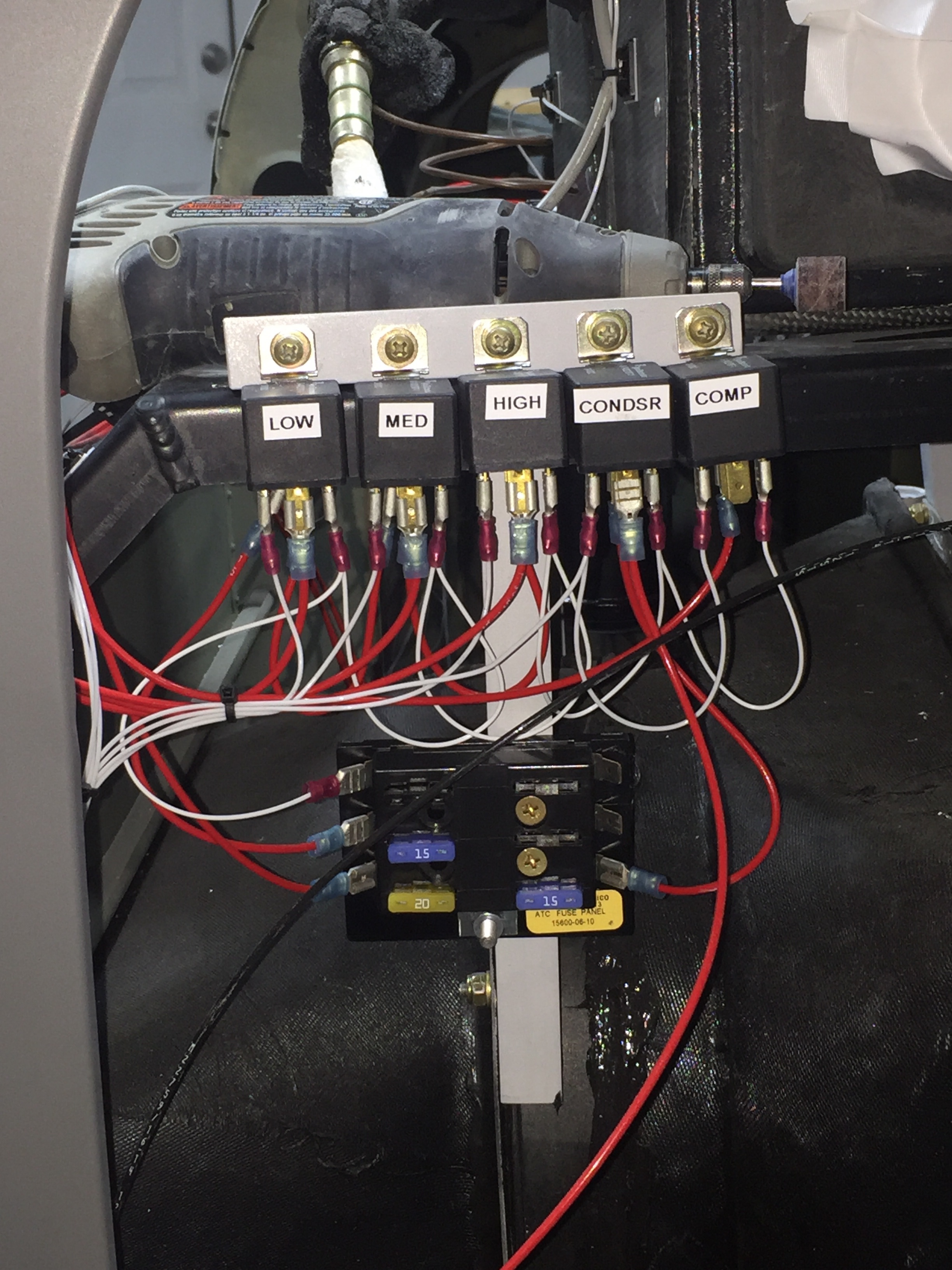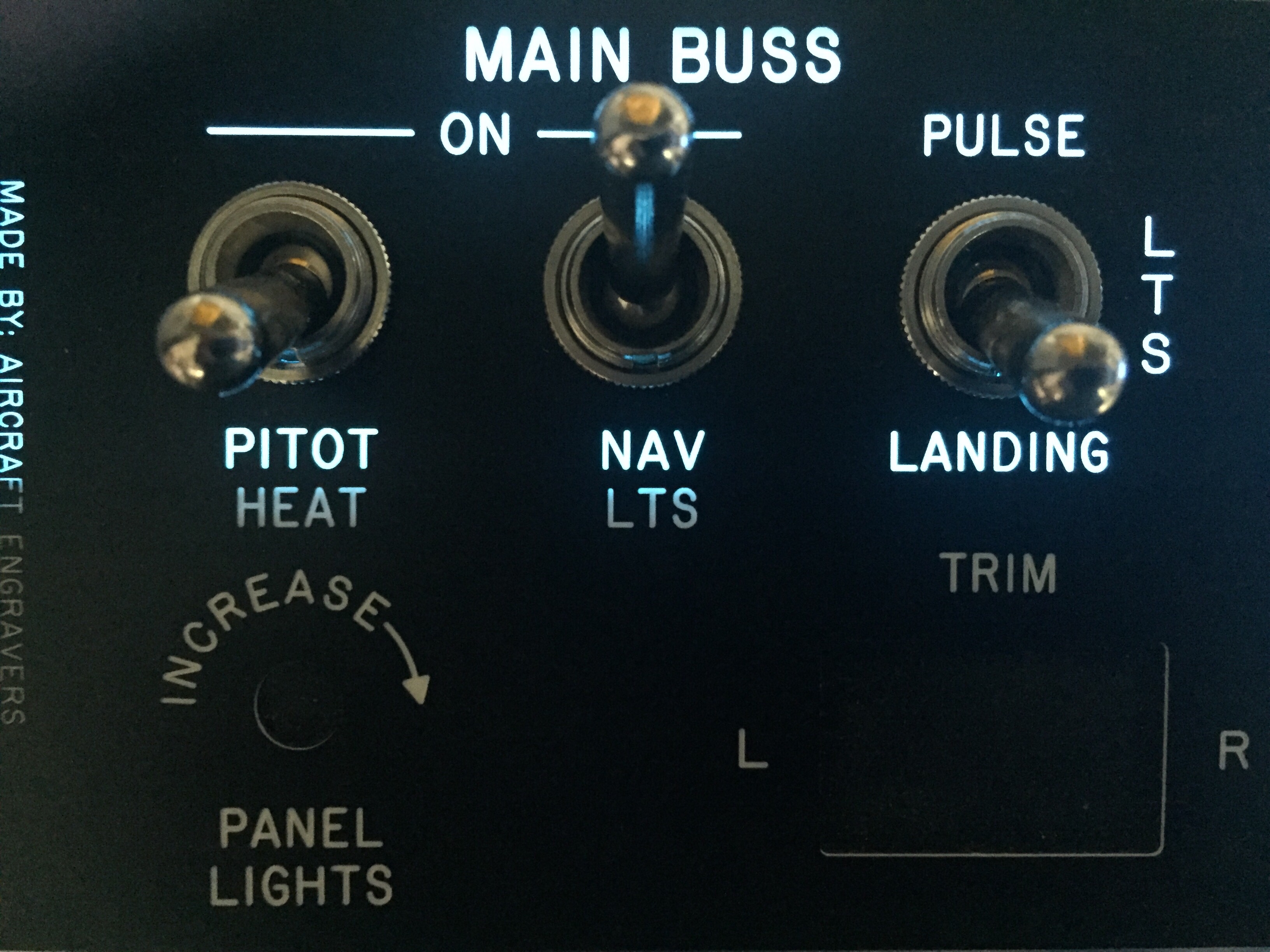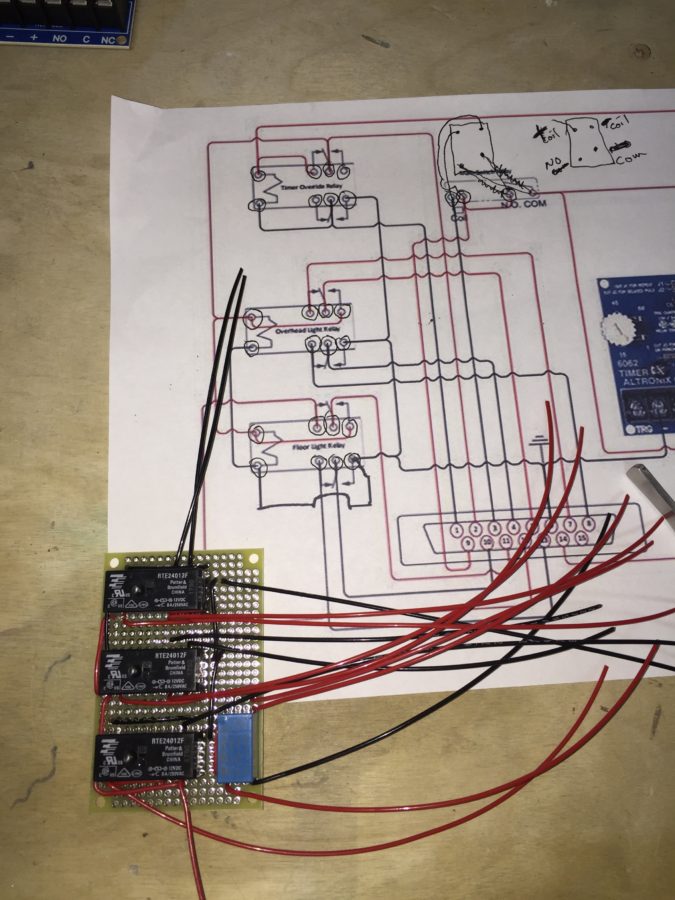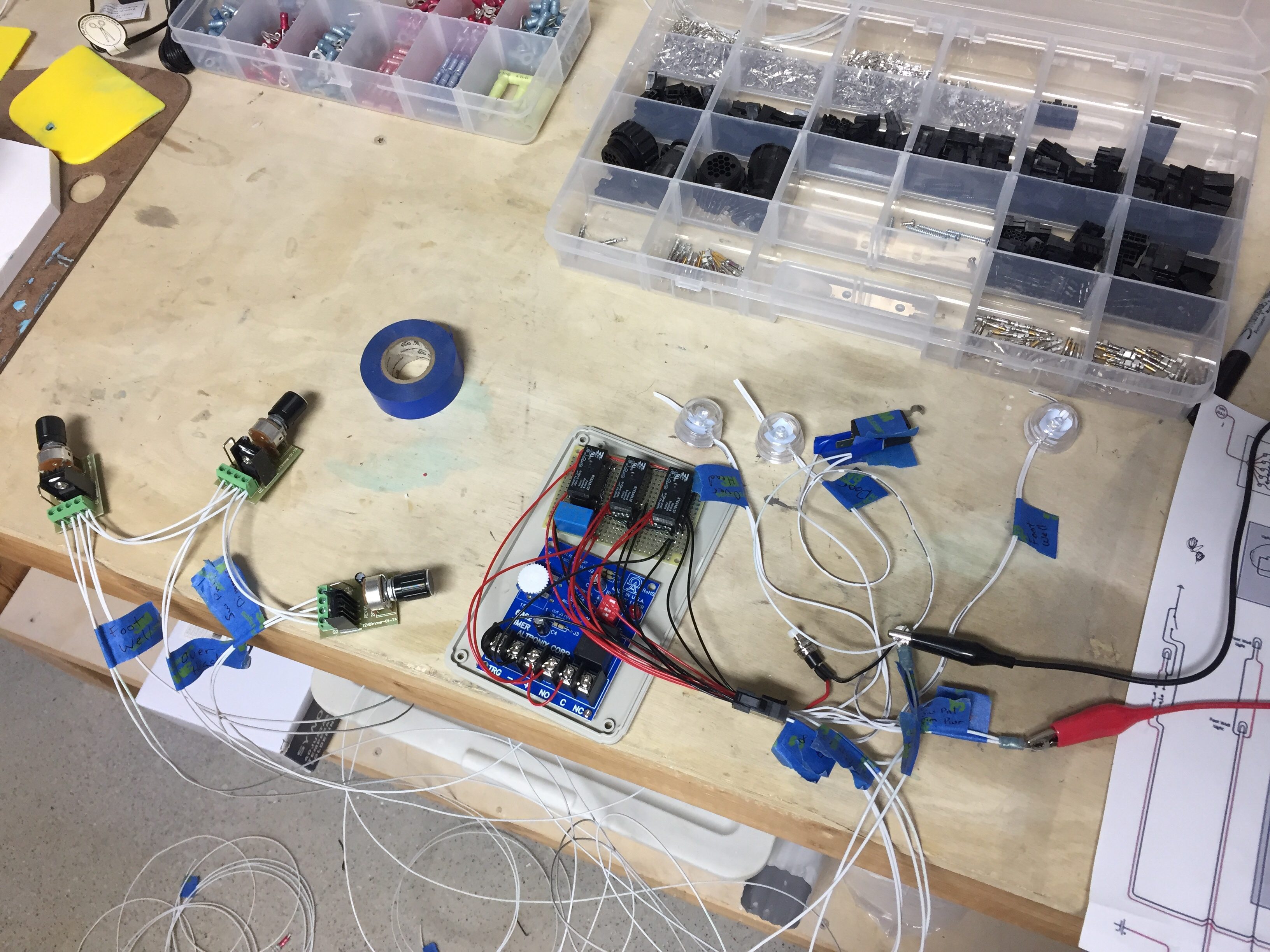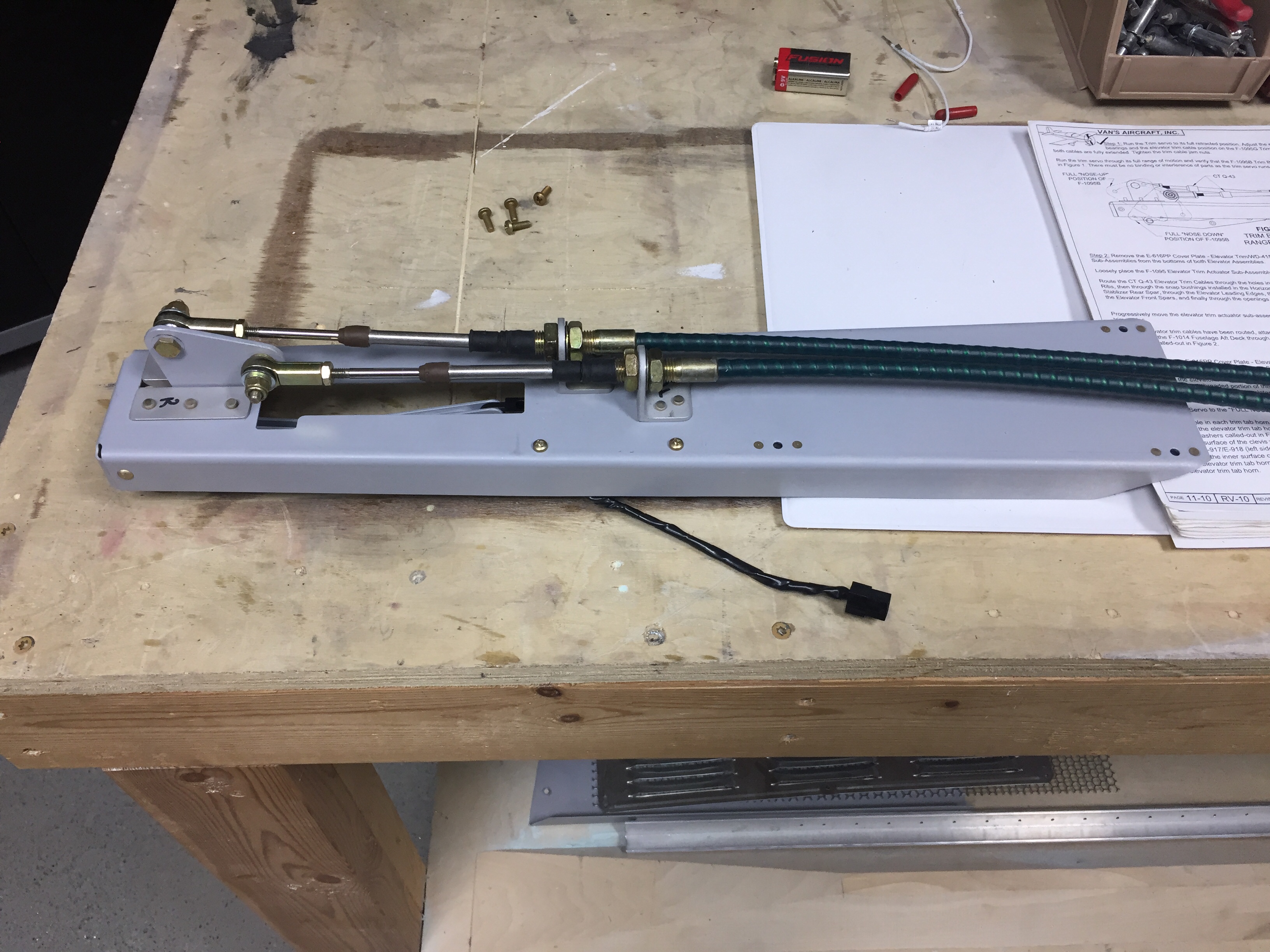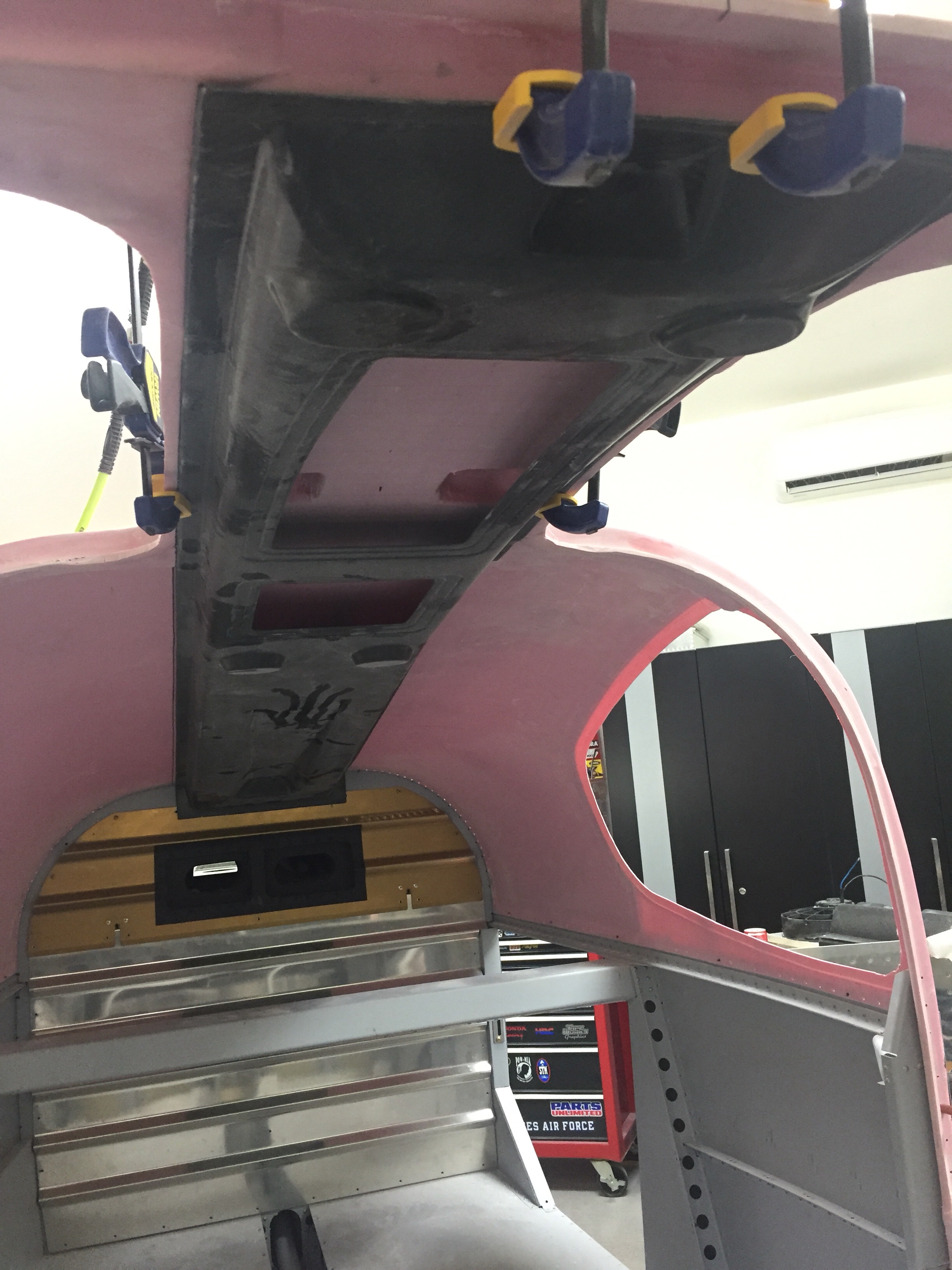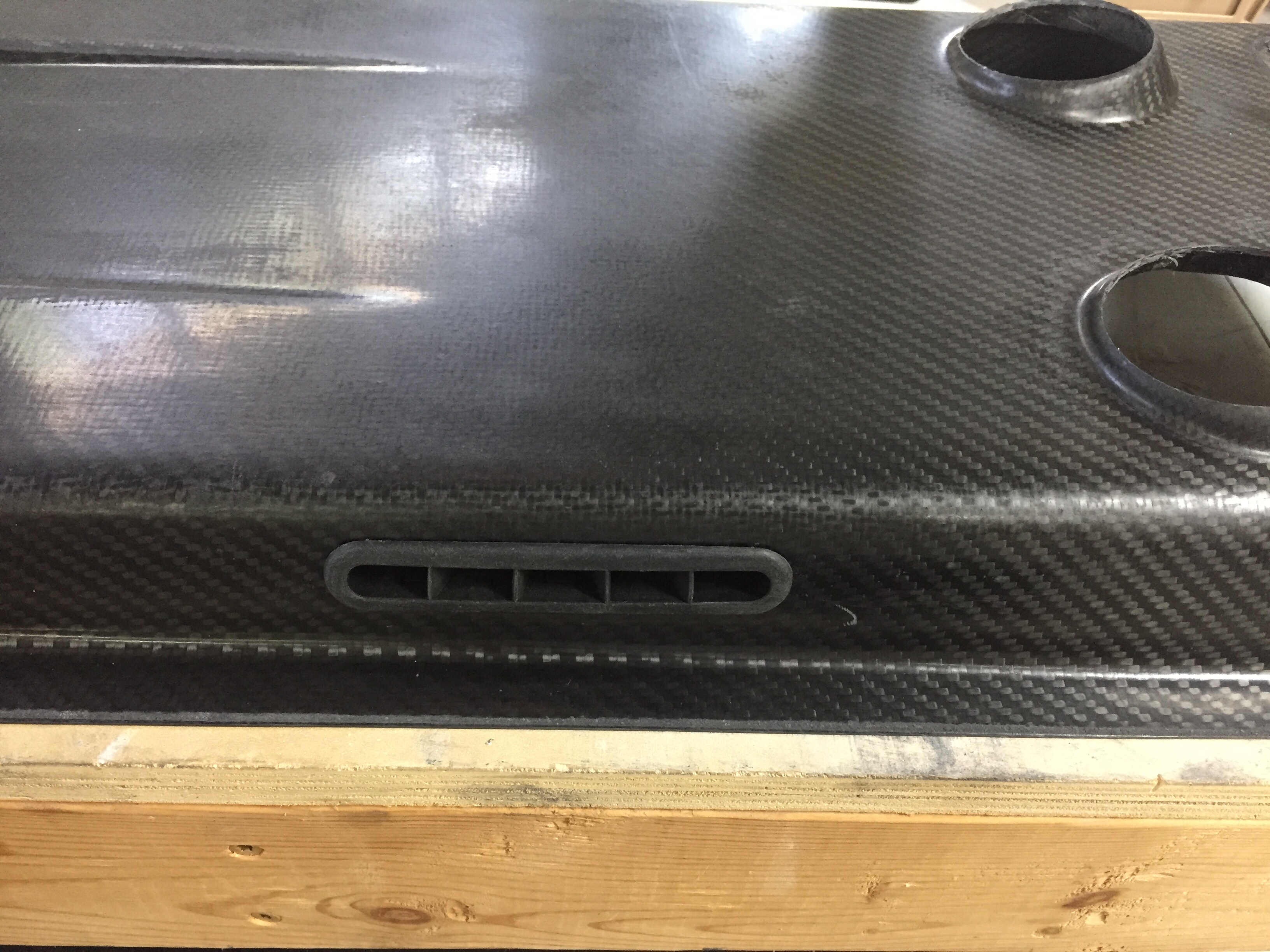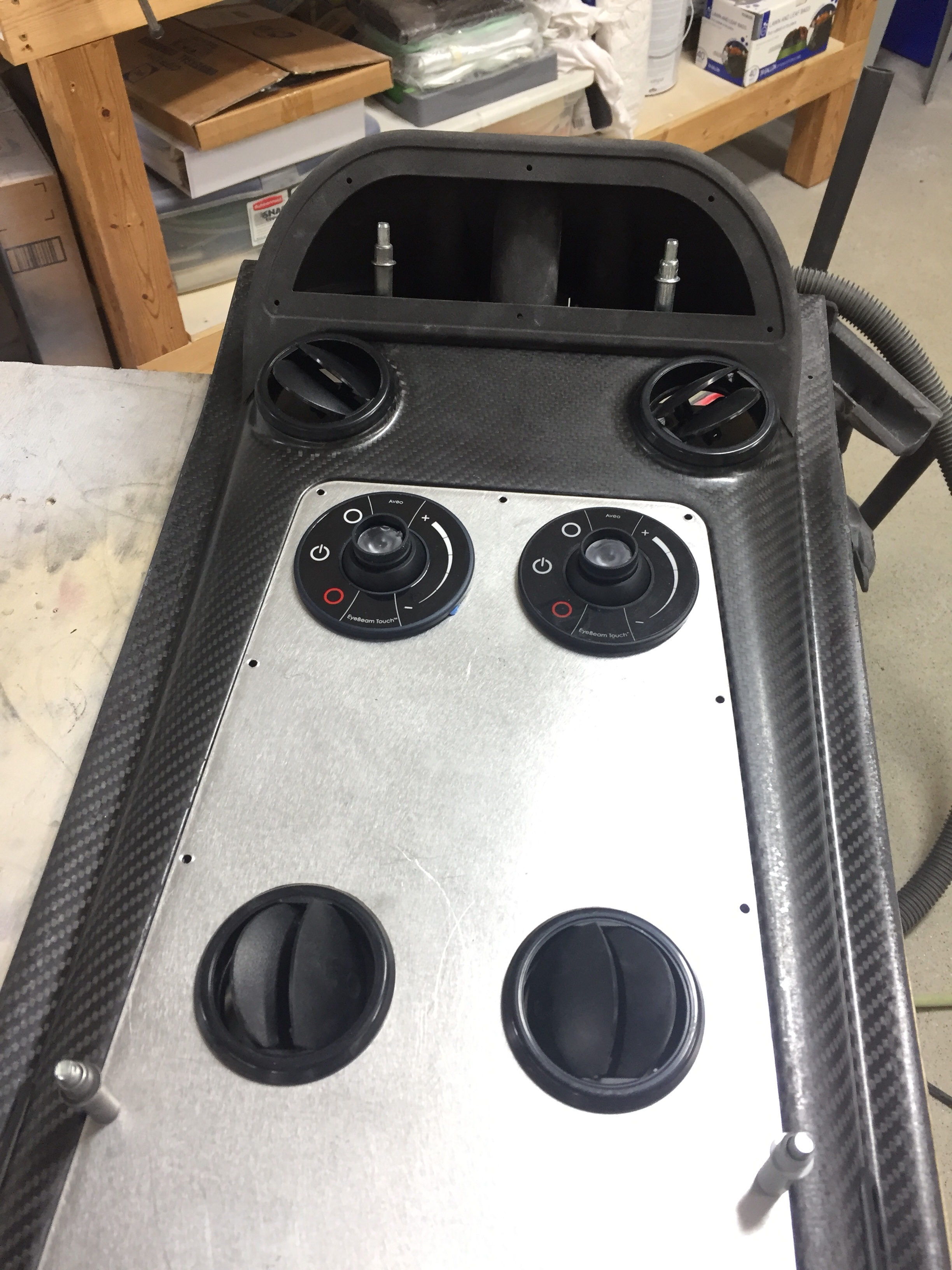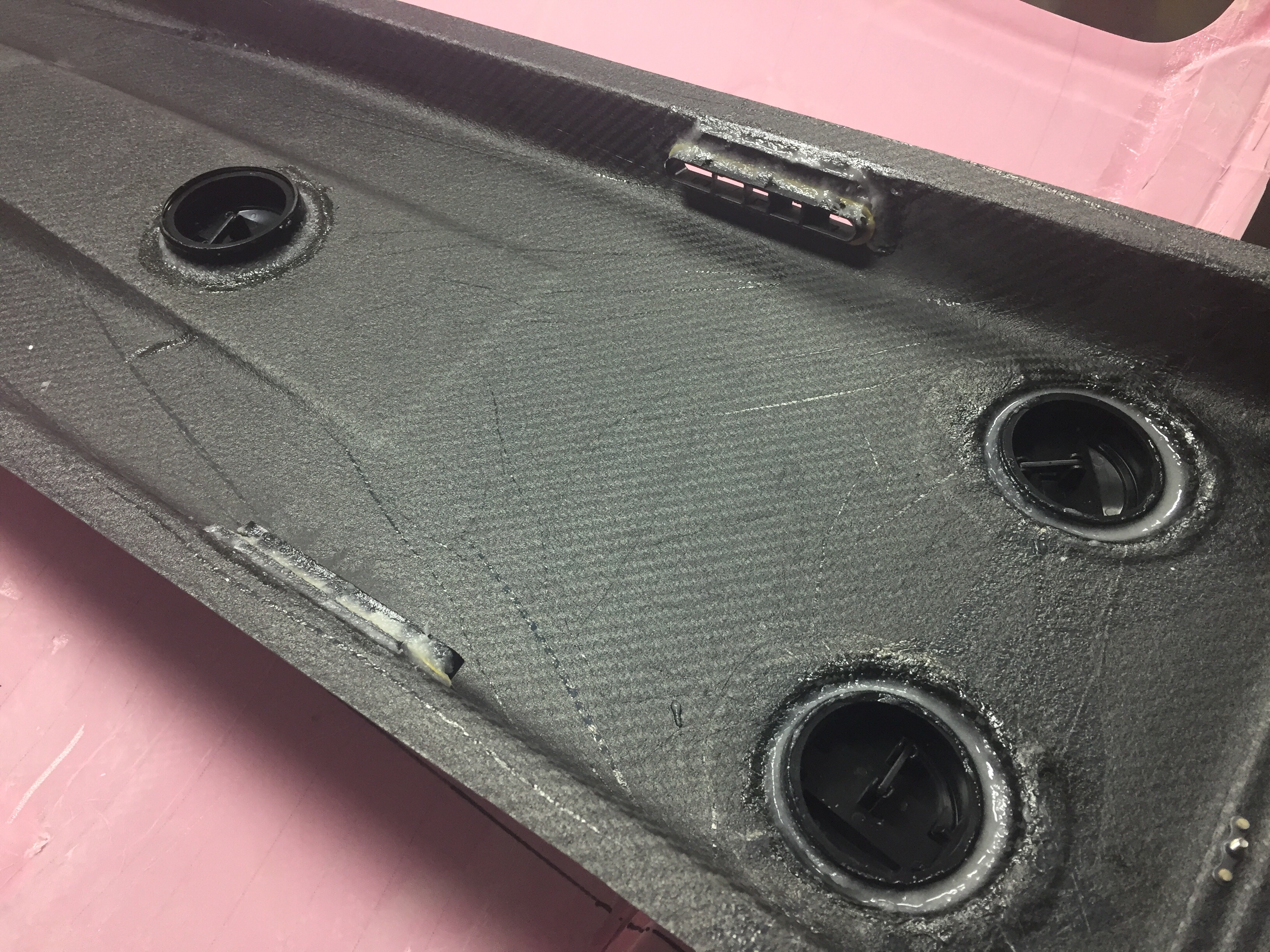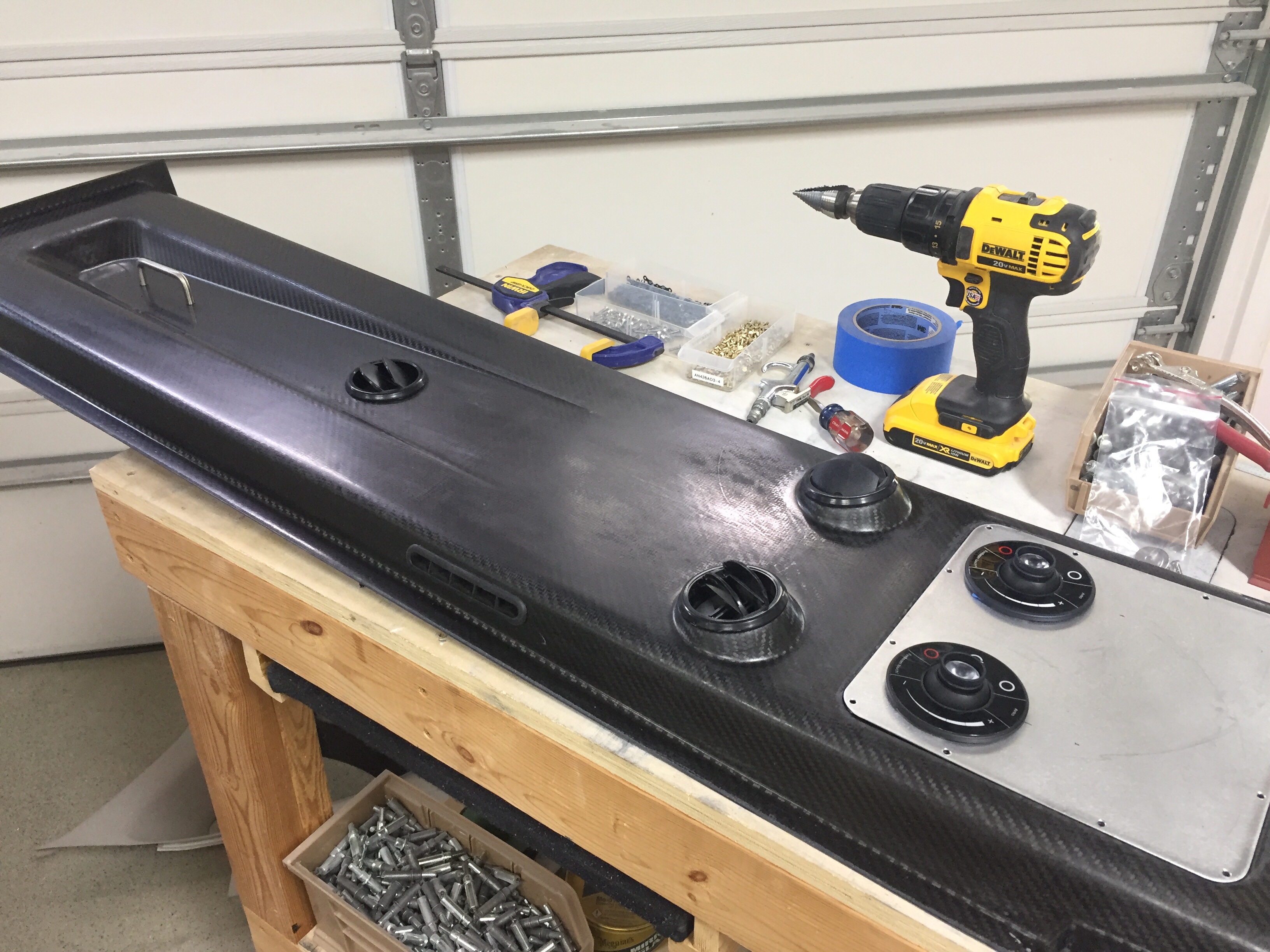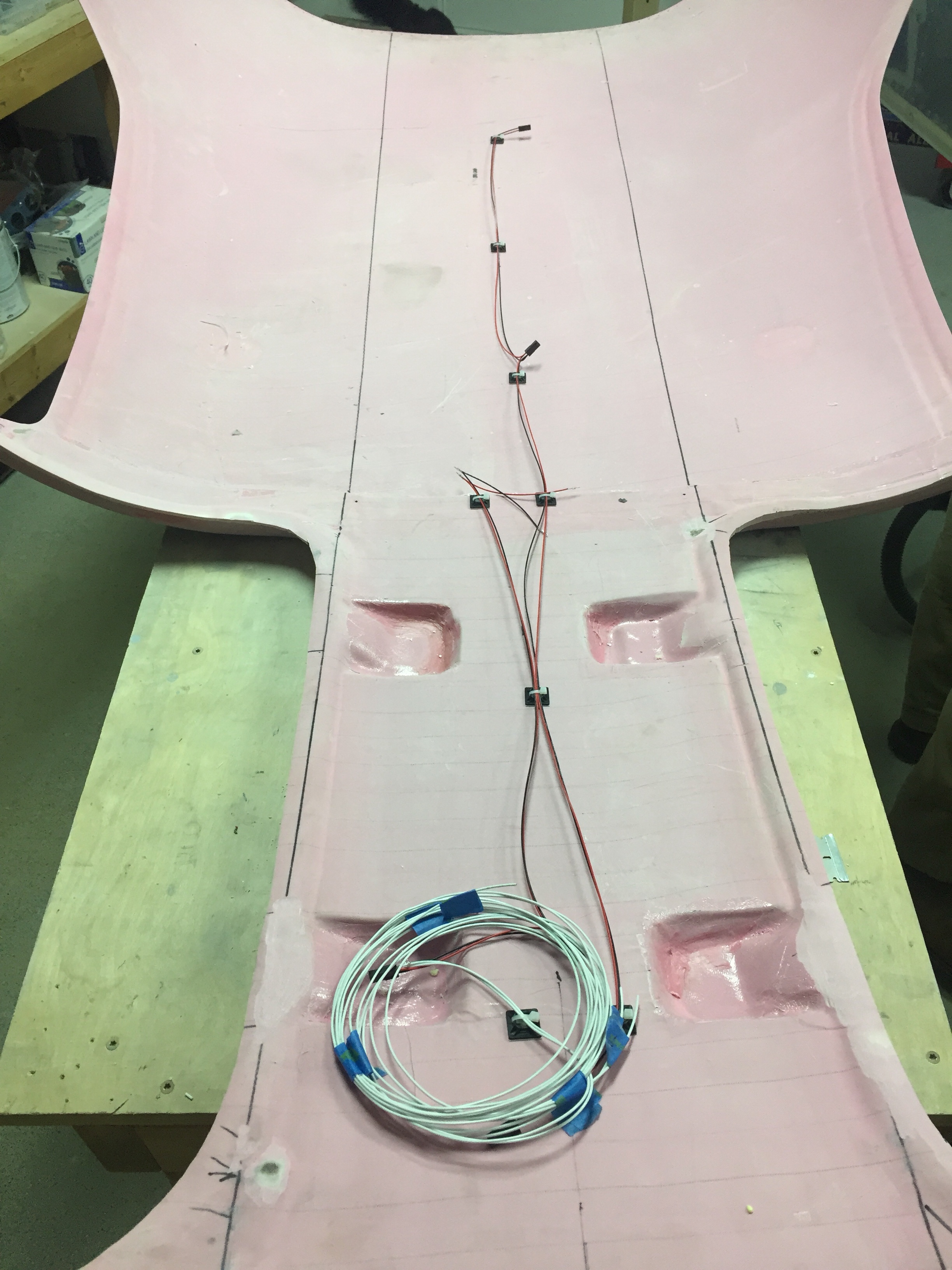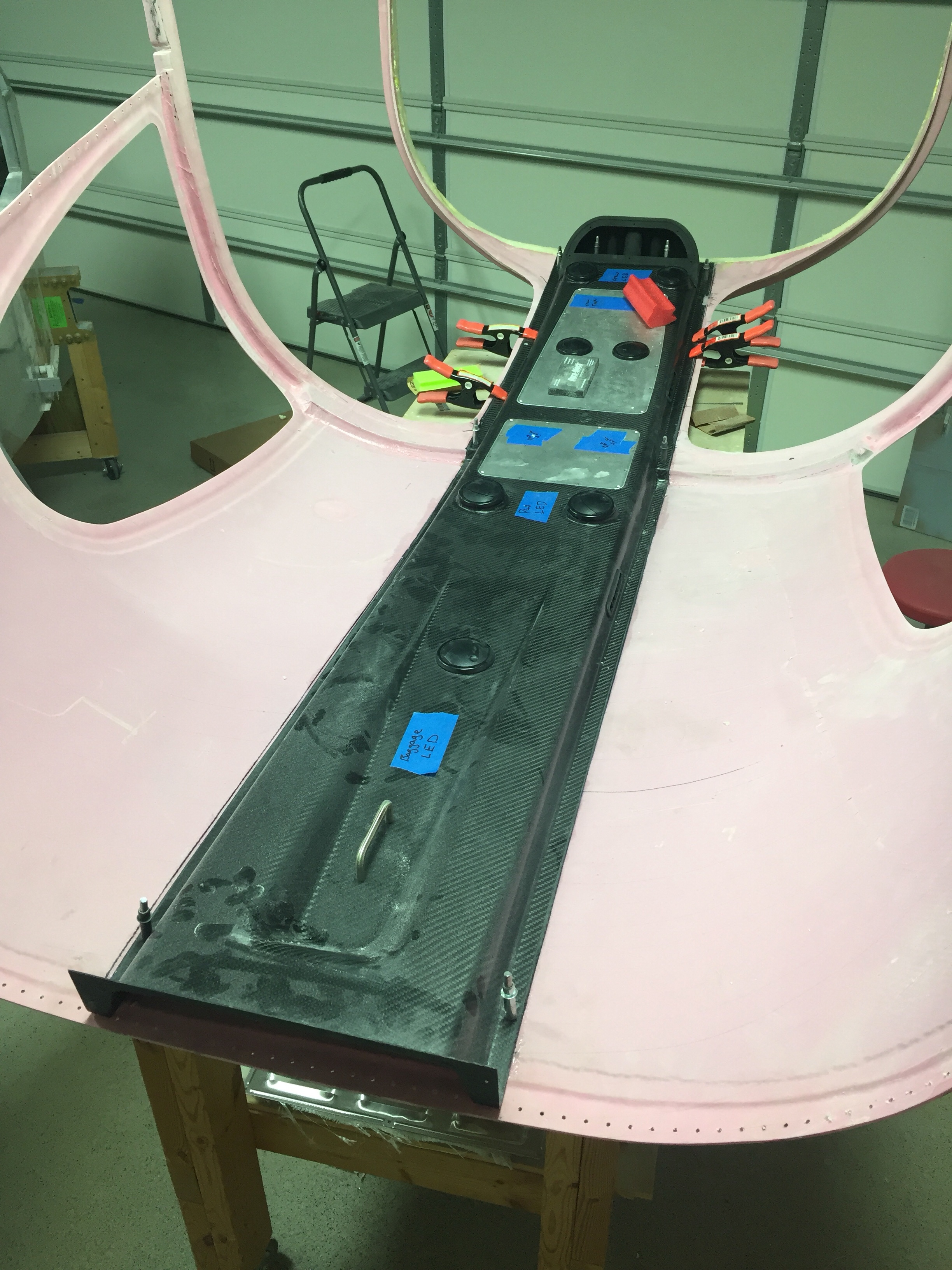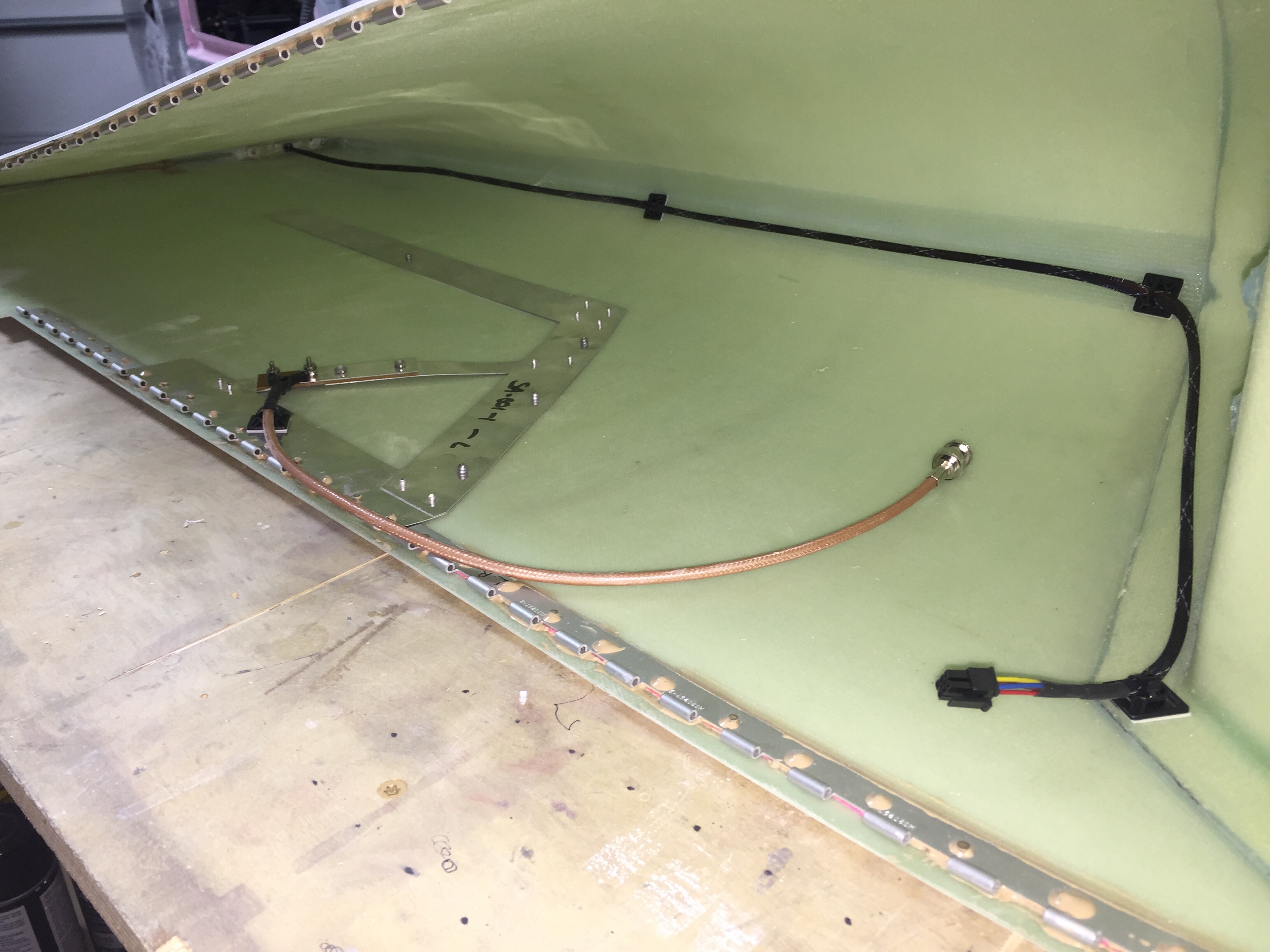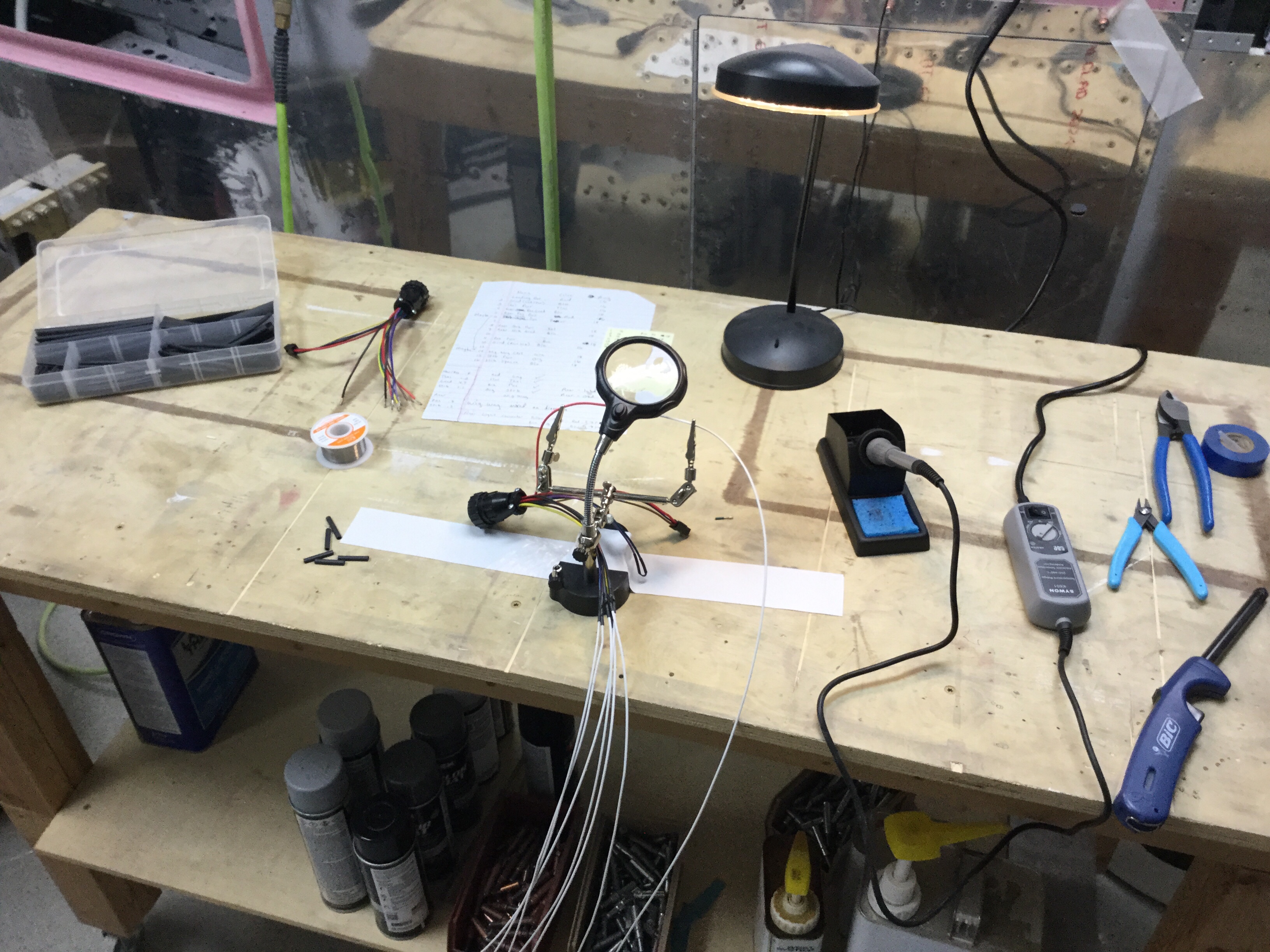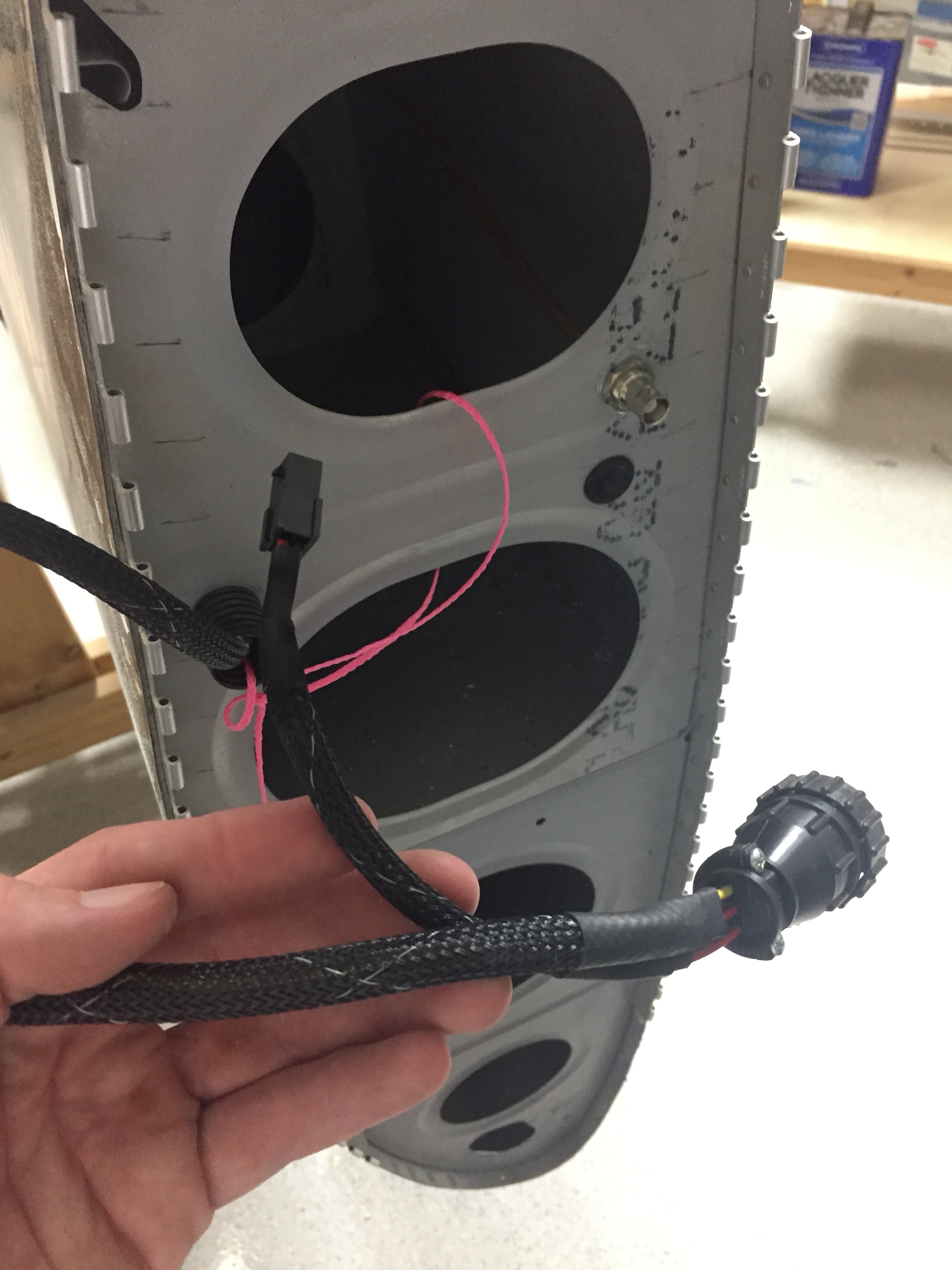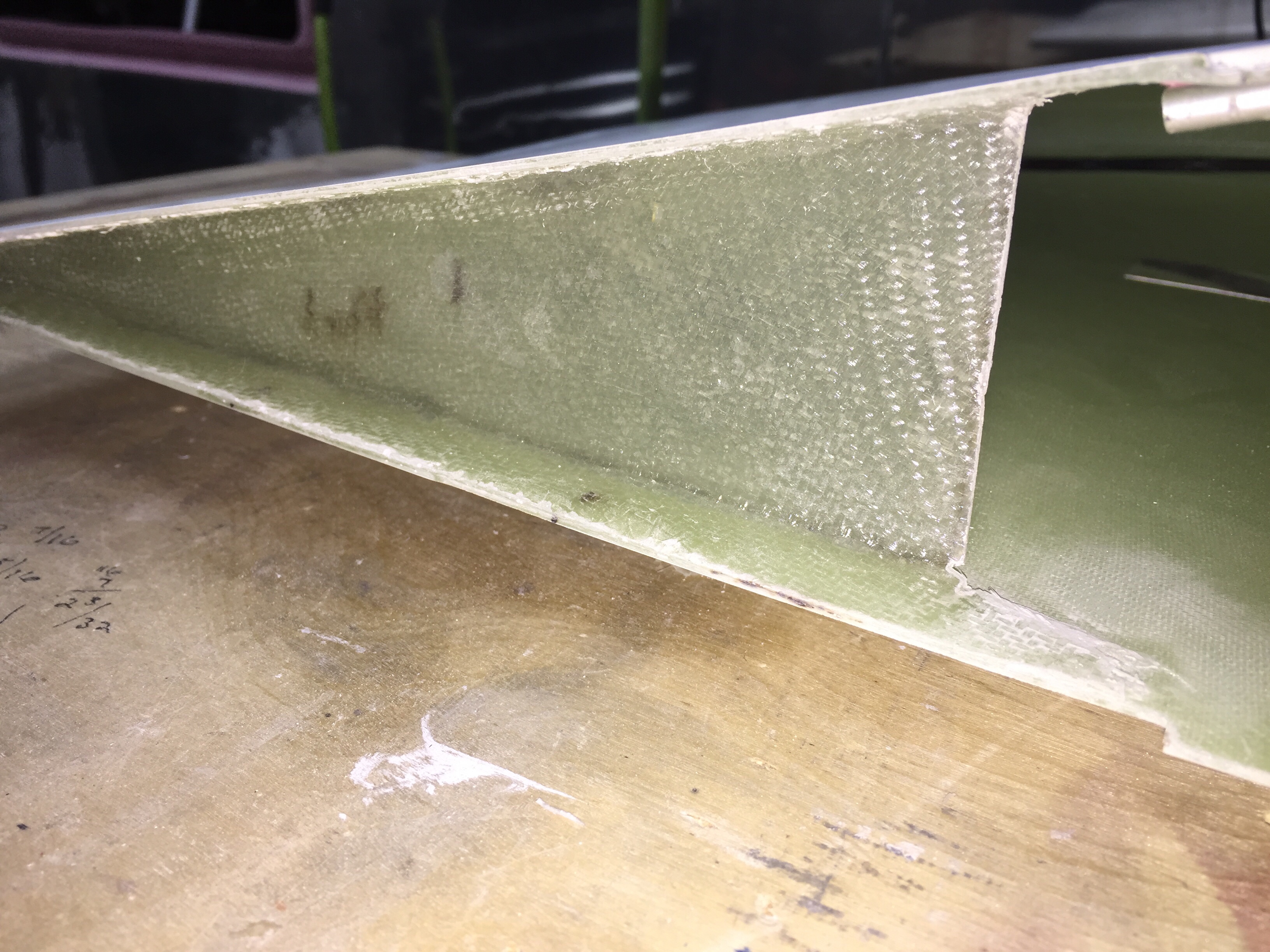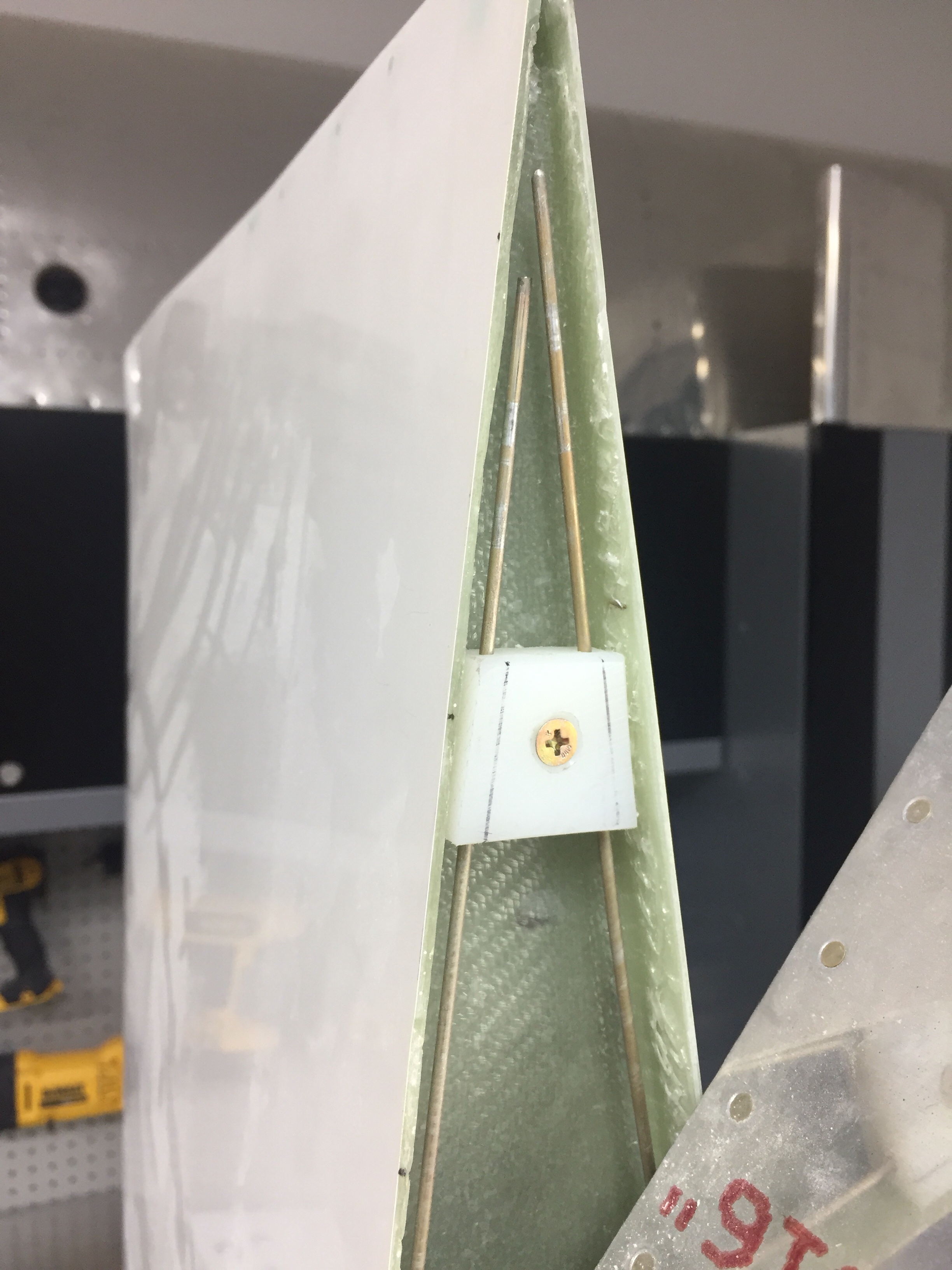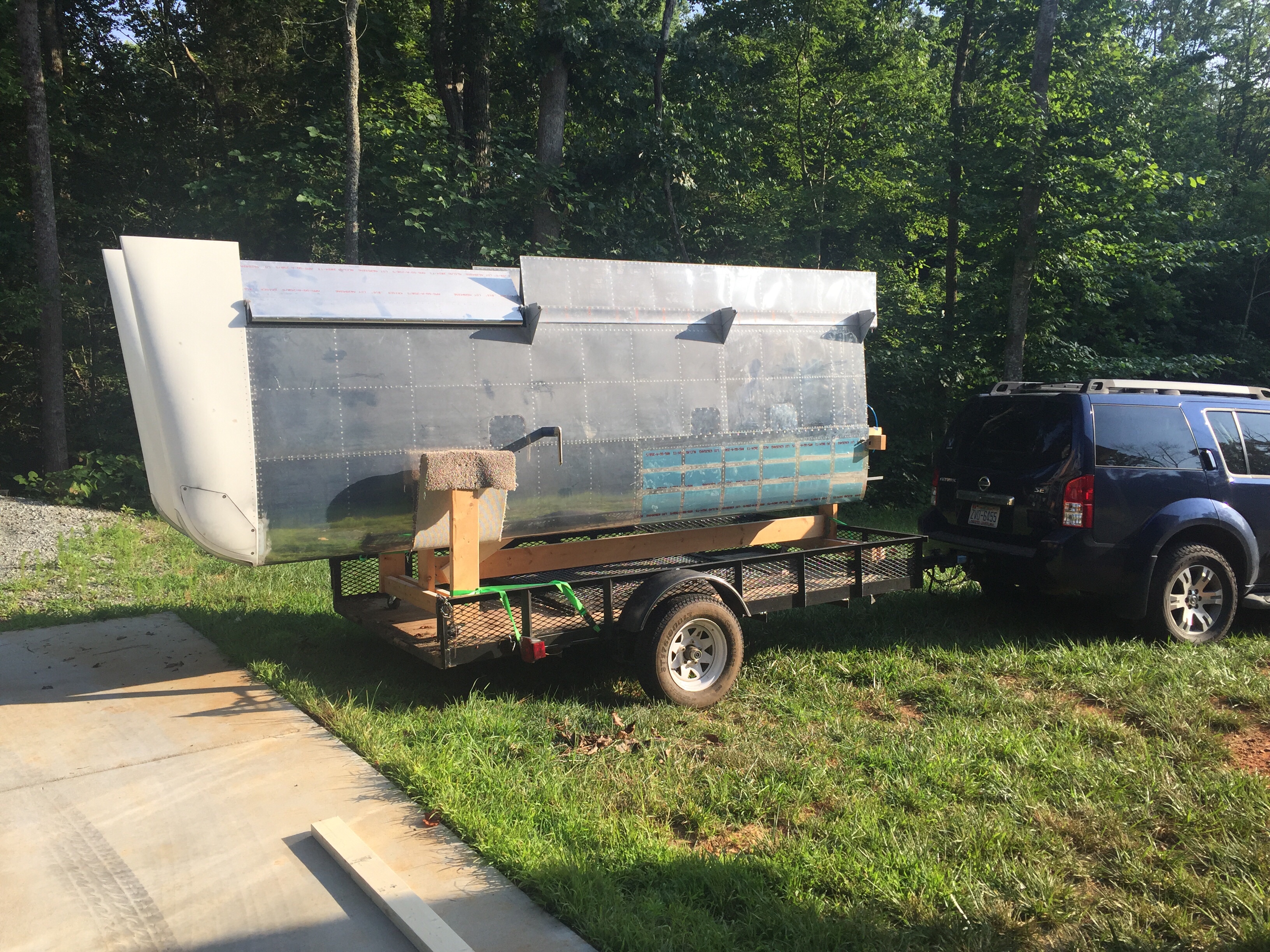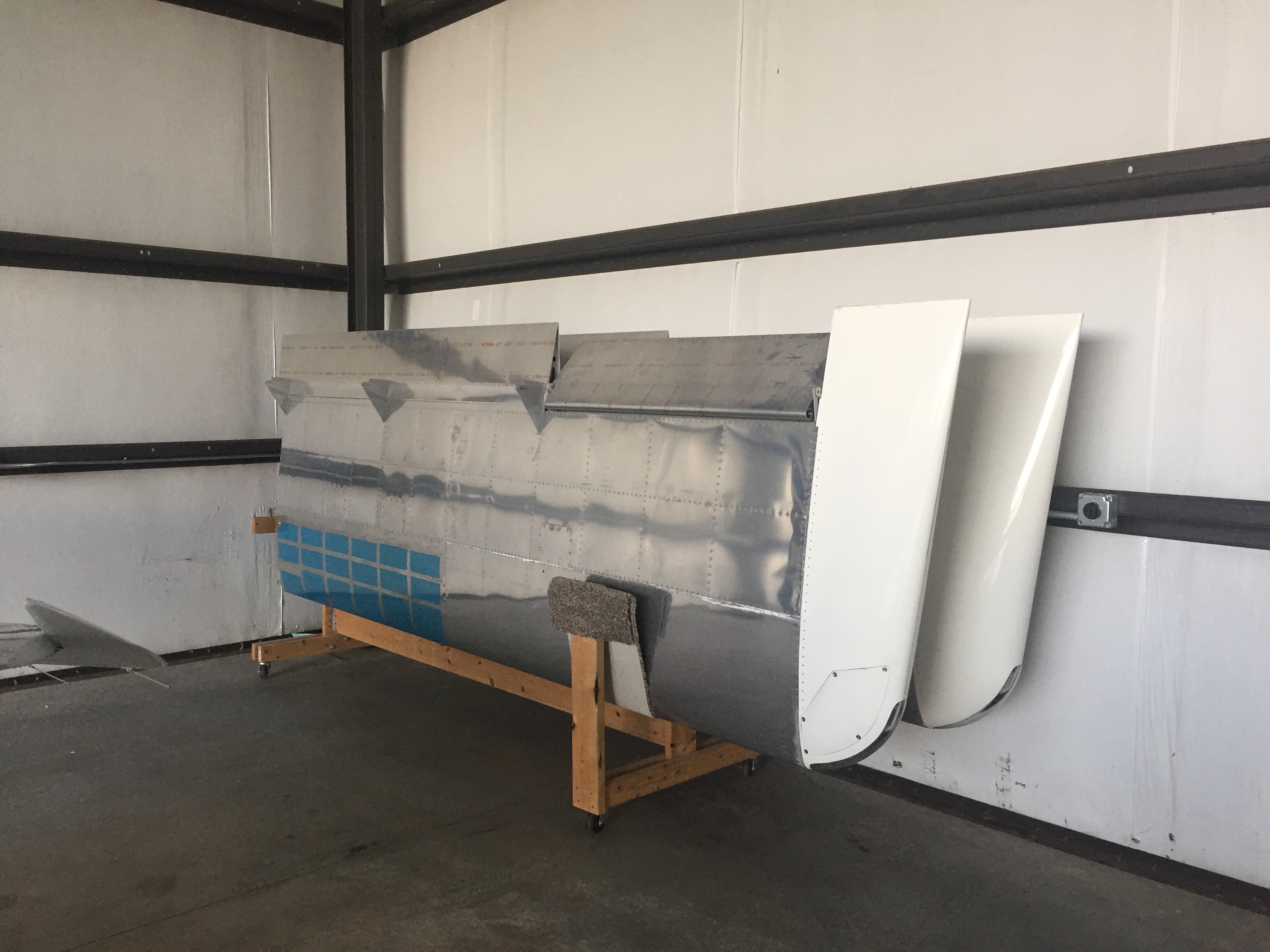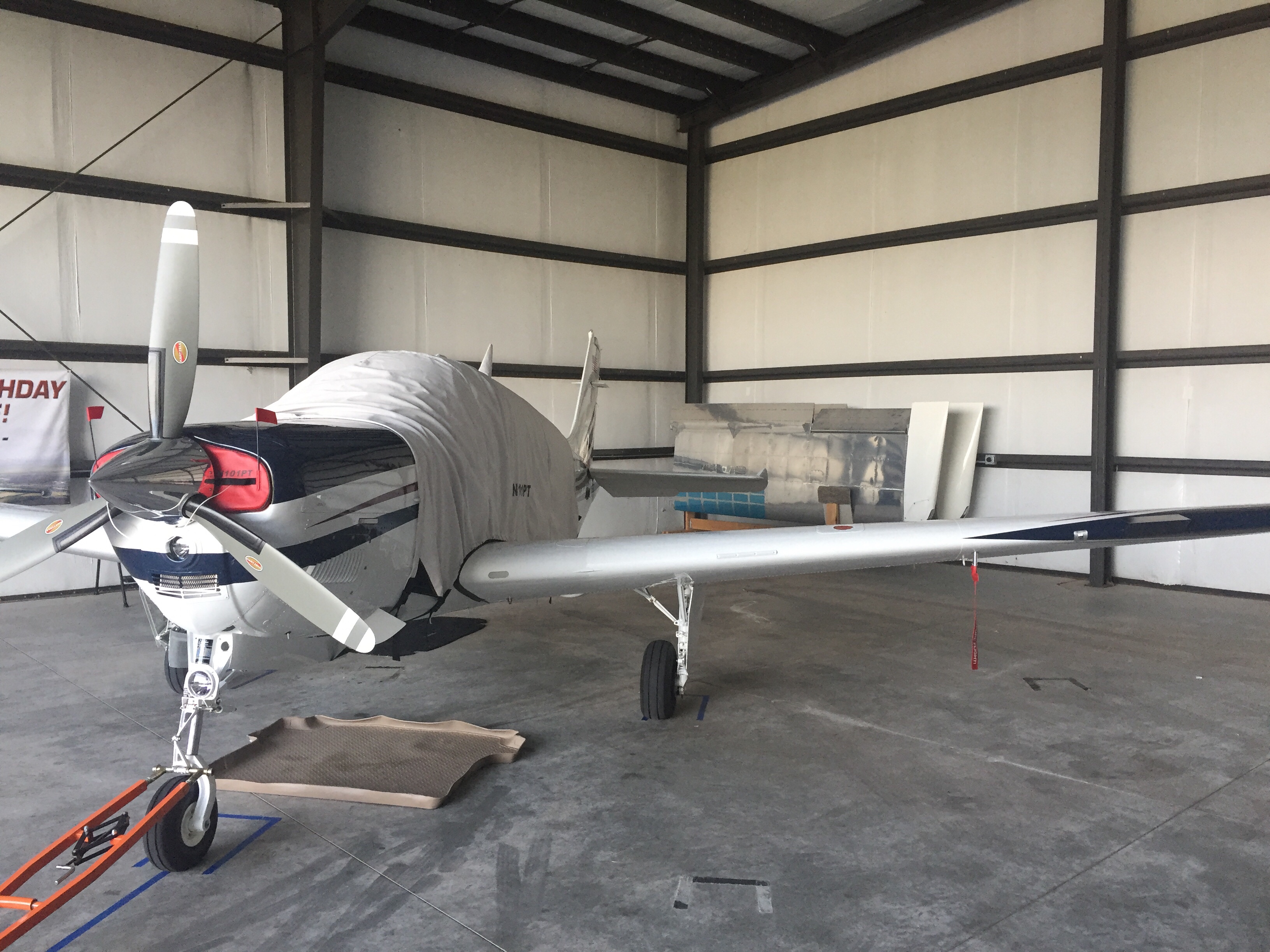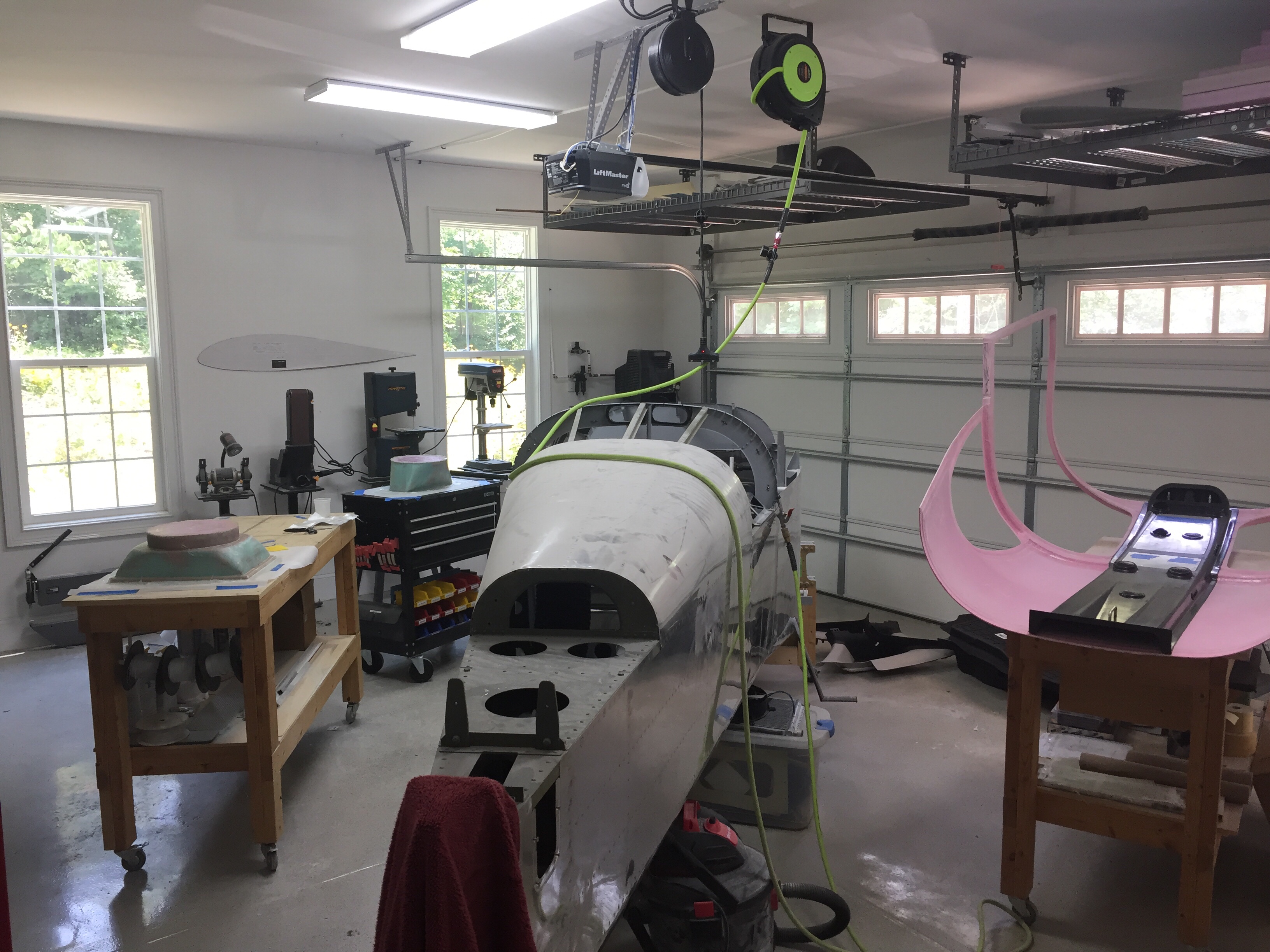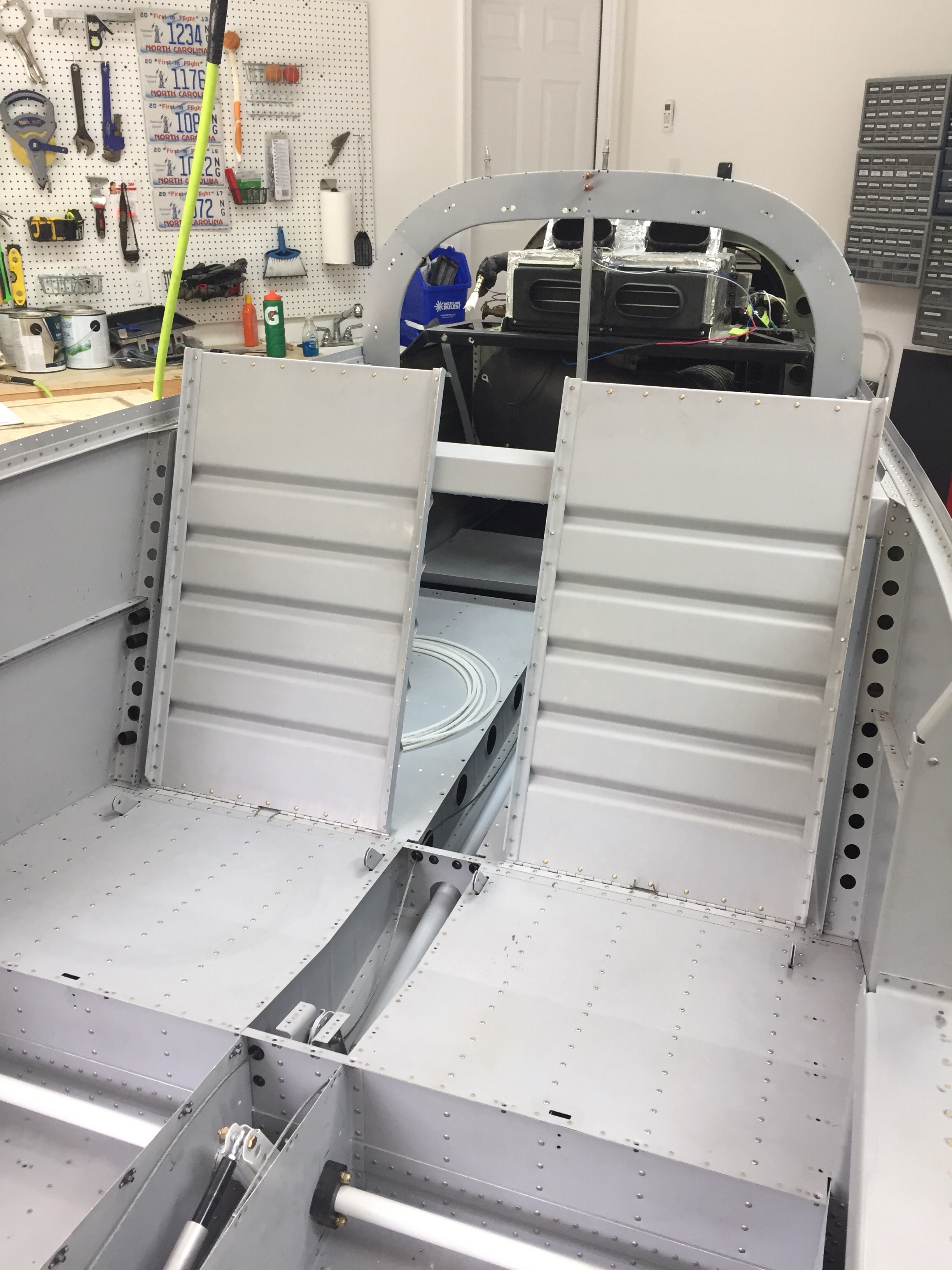I want a really finished looking product for the doors which requires covering / filling in a few key spots such as the pin guides, hinges, and install holes for the gear rack and center cam. Some have laid fiberglass over these areas, others have left them open, and a few folks are using basswood to create cover plates. Since I’m better at the wood and had some on the shelf, that’s what I chose to do. The pin guides I just roughed up and applied flox directly on them, roughing the shape in to match the door lines. I used some scrap pin material to keep the hole clean.
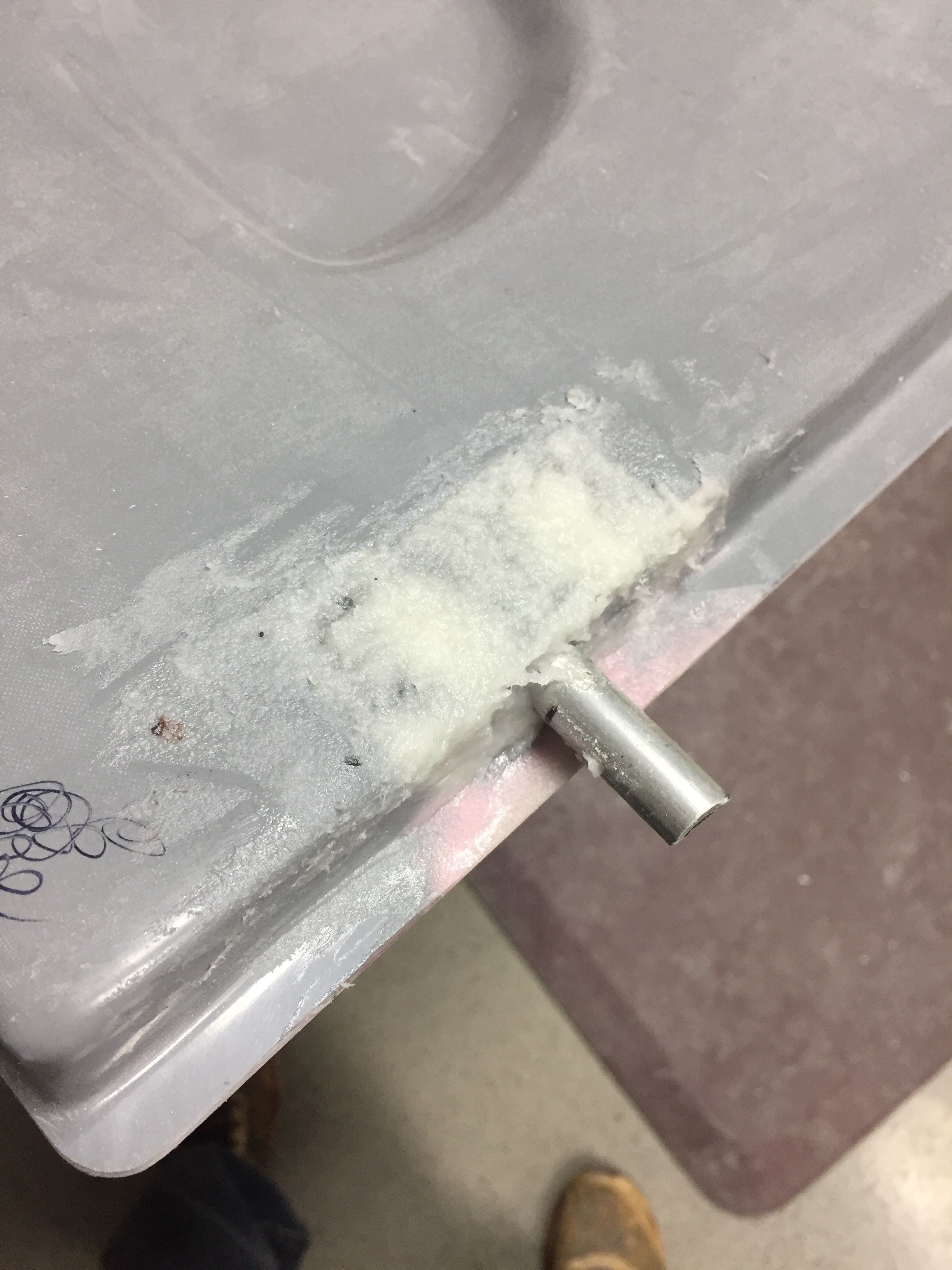
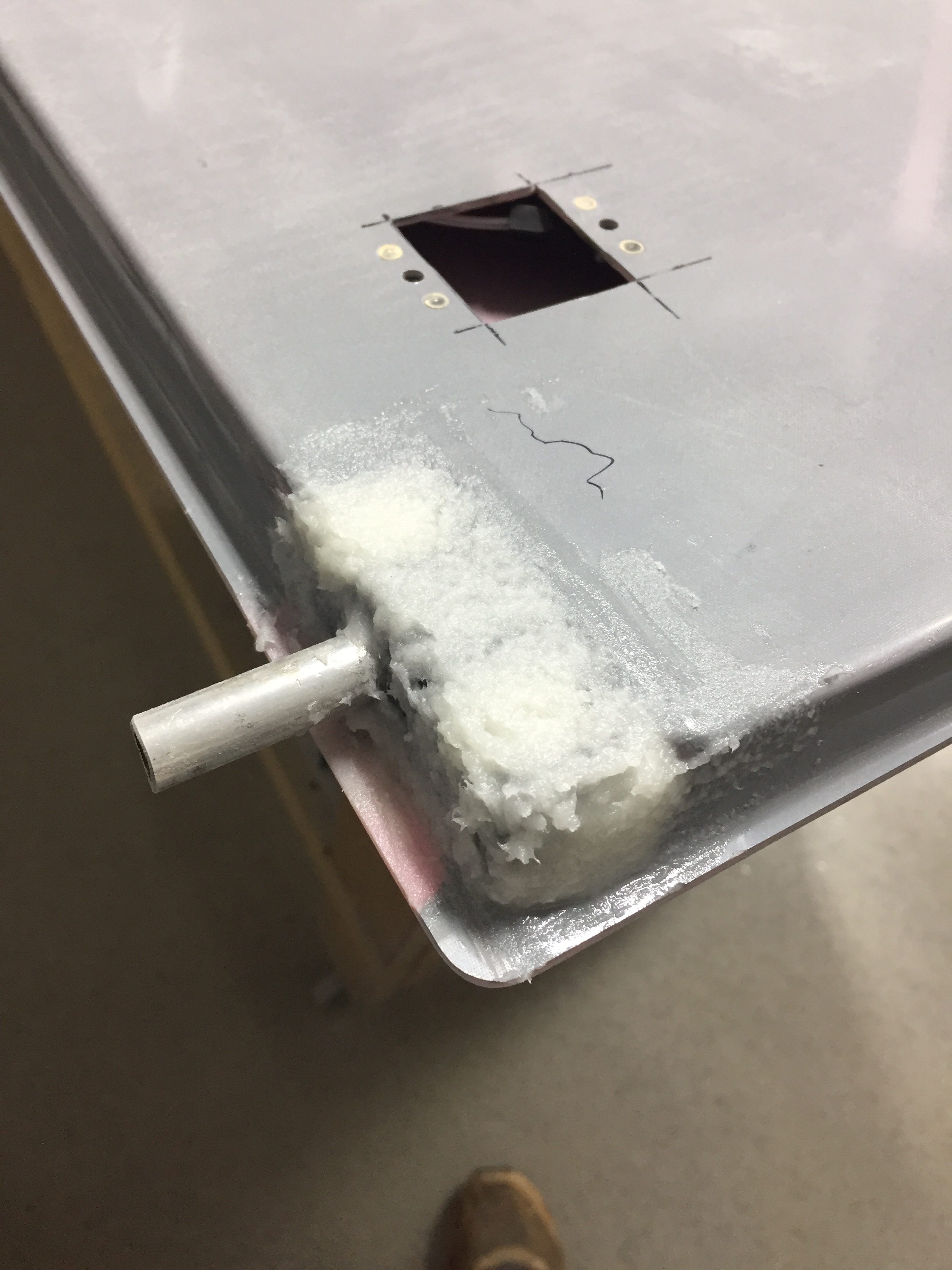
I used the basswood to fill in a hole used to install the center latch and create covers for the hinges. It was pretty easy to trim and shape the wood for the plates needed and after I coated all sides with epoxy to harden the wood, I epoxied the plates in place. I then went back with Superfil and did the final contouring and shaping to match all of the door’s surface. I’m really happy with how it came out and while it was a bit of extra work, I think it’s worth it in the end to not look at exposed hardware. I’ll be covering the hinges on the cabin top down the road as well. Finally, I took some time to fill in little surface blemishes and final shapped the interior edge of the window frame.
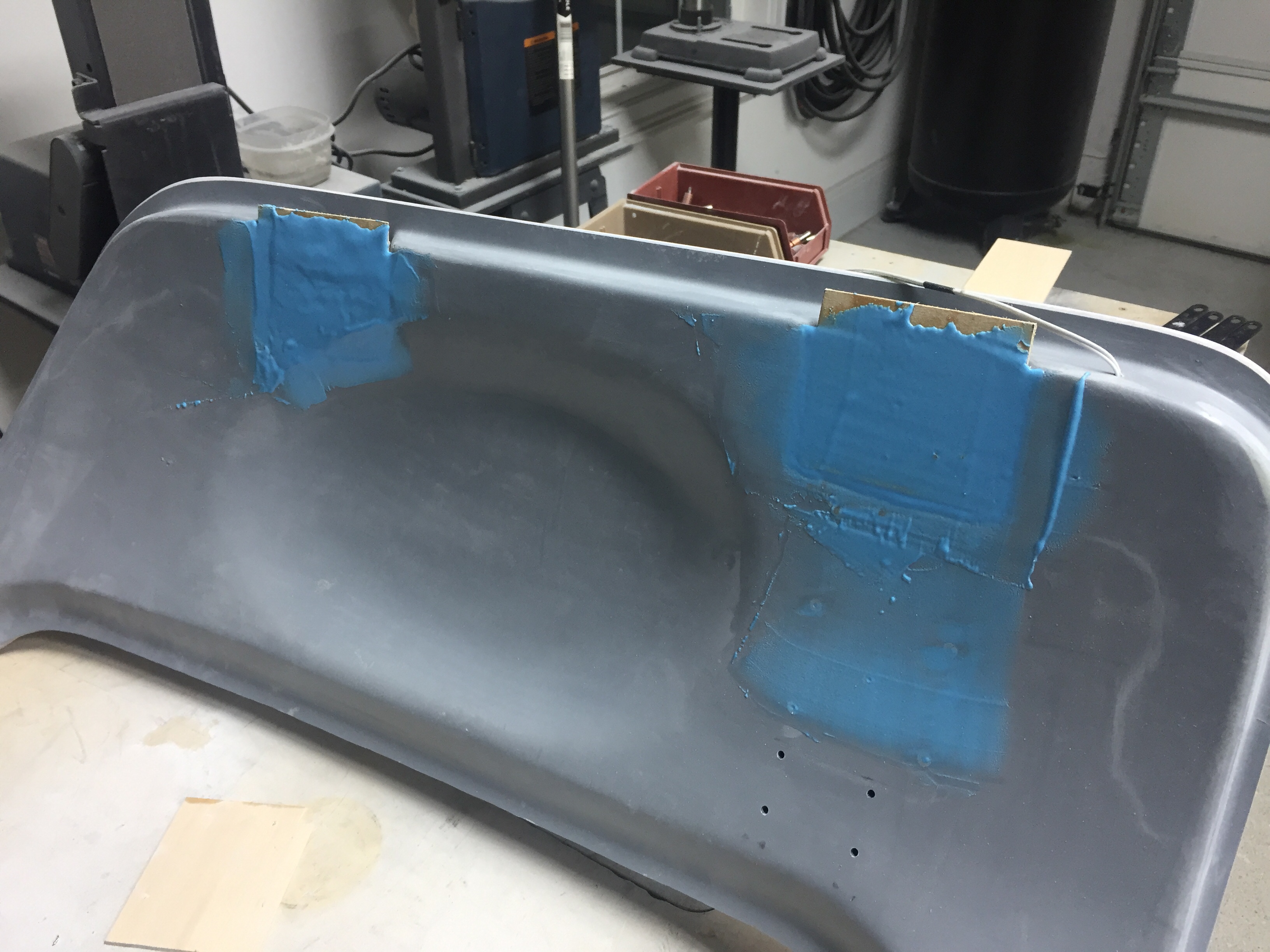
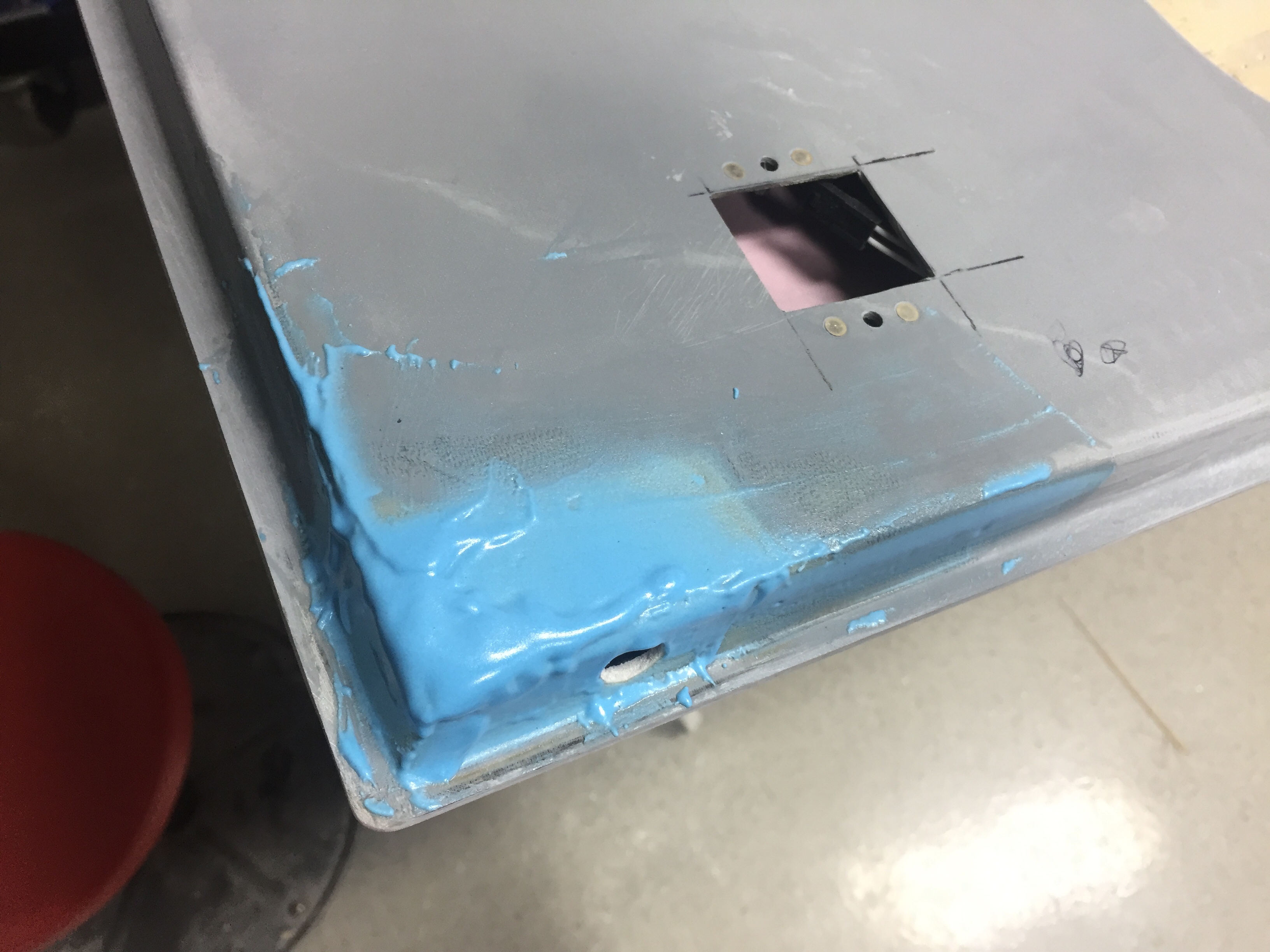
After all the sanding was done and I was happy with the doors, I wanted to re-mount them for the final time. Here is where I realized I screwed up. The hinges are mounted to the cabin top with the hardware essentially epoxied in (see prior post) so I had to slip the door onto the hinges and install the hardware behind the new cover plate I had spent all that time creating. Bad idea. It’s impossible to get the washer and nut on each screw on the door side of the hinge. My fingers are fat and not triple jointed so I spent an hour raising my blood pressure far beyond healthy limits struggling with it. I decided to walk away, burn the project to the ground, and start over. Okay, really, I just took the rest of the night off. The next evening with a calmer approach, I fabed up a handy little tool to hold the washer and nut in the cavity while I installed the screw. I used some basswood and some aluminum to create a captive wrench so to speak that worked beautifully. Had both doors installed in about 20 minutes. Wish I had put the hinges on the door then bolted them onto the fuselage, but oh well. I installed the last plates to close out the hinge area and applied filler to smooth is all over. This completely closes out the hinge cavity on the door not only making it look better but allowing the door seal to work properly.
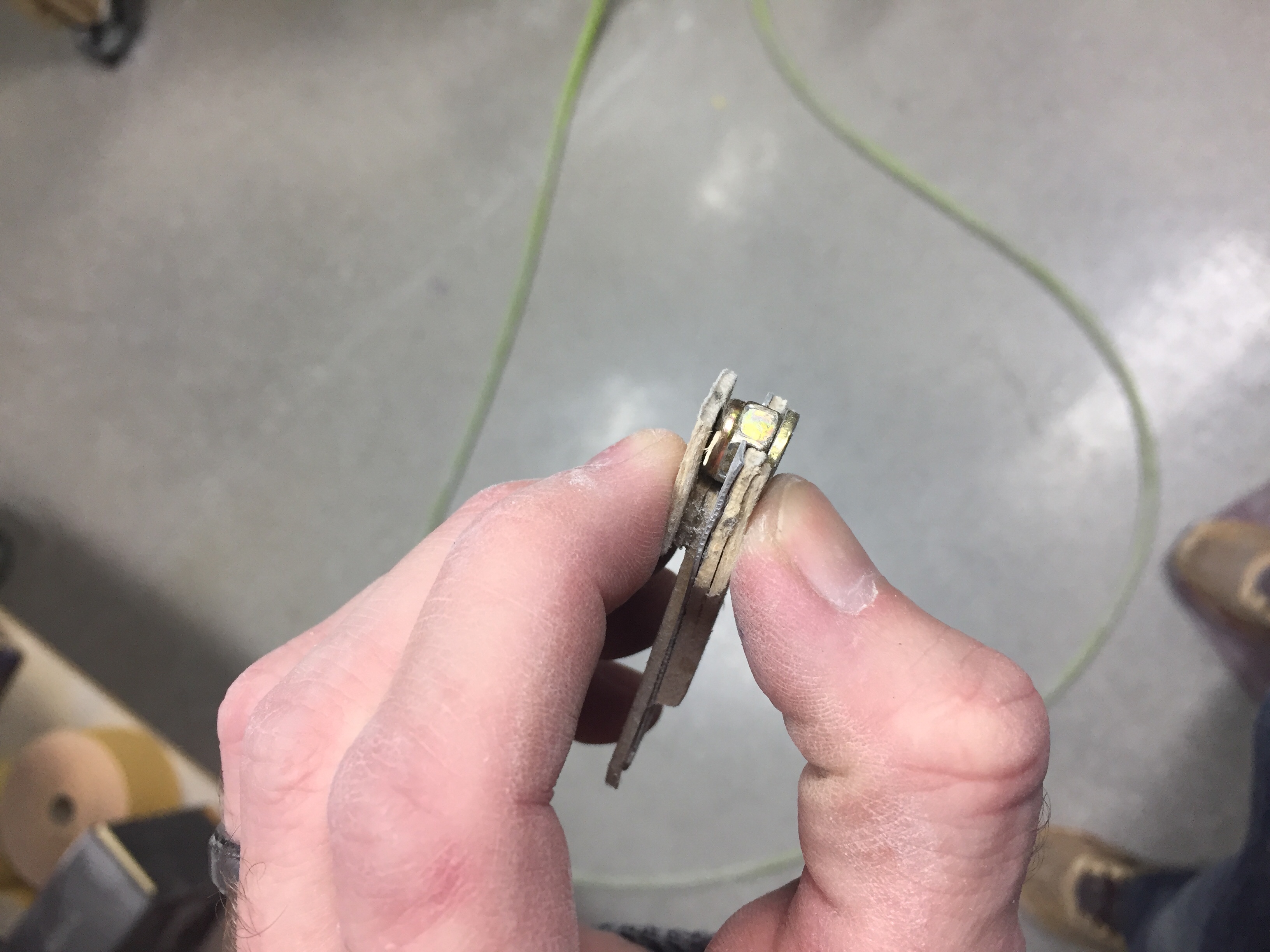
Meanwhile, I set about working on the instrument panel and center console. The big Aerosport order had arrived a few weeks prior and I was eager to play with all of the cool stuff. I started with the instrument panel and got the backing plate and the panel itself fitted in their place. The side skirts on the tunnel attach to the lower instrument panel with the center console mating up to it. This stuff is top notch quality and is going to be really awesome filled with fancy avionics! I took my time to fit it all and used nutplates to ease future maintenance and removal. I chose to countersink the carbon which left it a little thin and brittle, so I coated each screw hole with light epoxy to help strengthen the area. I also cut out the main areas which will have the metal inserts leaving a 1” flange to be trimmed to final size later. The center console was positioned and I used a strap duplicator to drill the holes matching the tunnel.
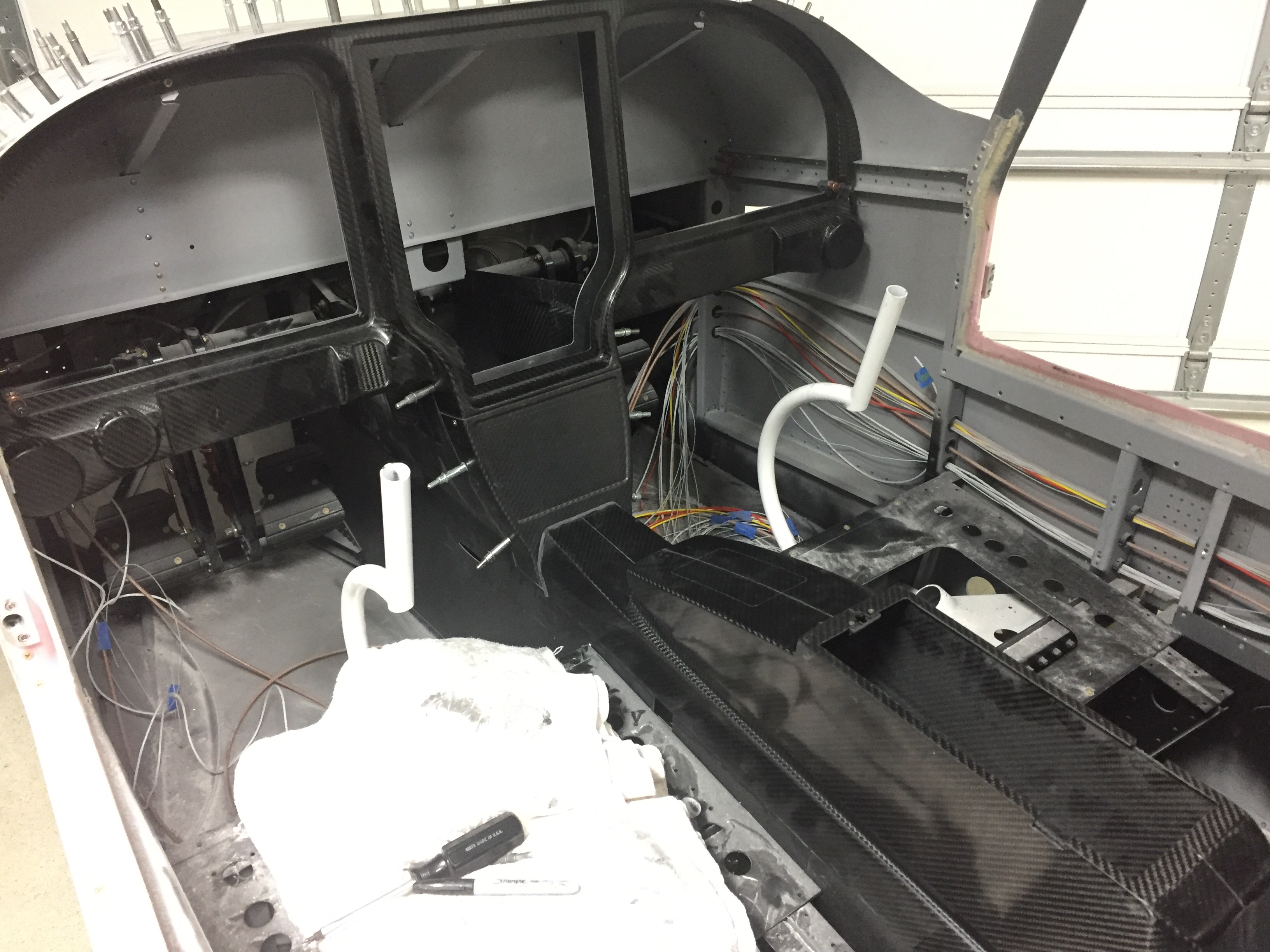
Since my plans include using the ACM from AFS, I want to use a fancy push to start button but couldn’t really find one that I liked. The Honda S2000 button others have used are hard to find these days so after a few returned orders, a deep Google search turned up exactly what I was looking for. It’s a simple Apem NO switch that has a LED light actuator. It’s also the right size to be proportional to the panel location. I couldn’t help but to drill the hole and mount it up to see how it looked.
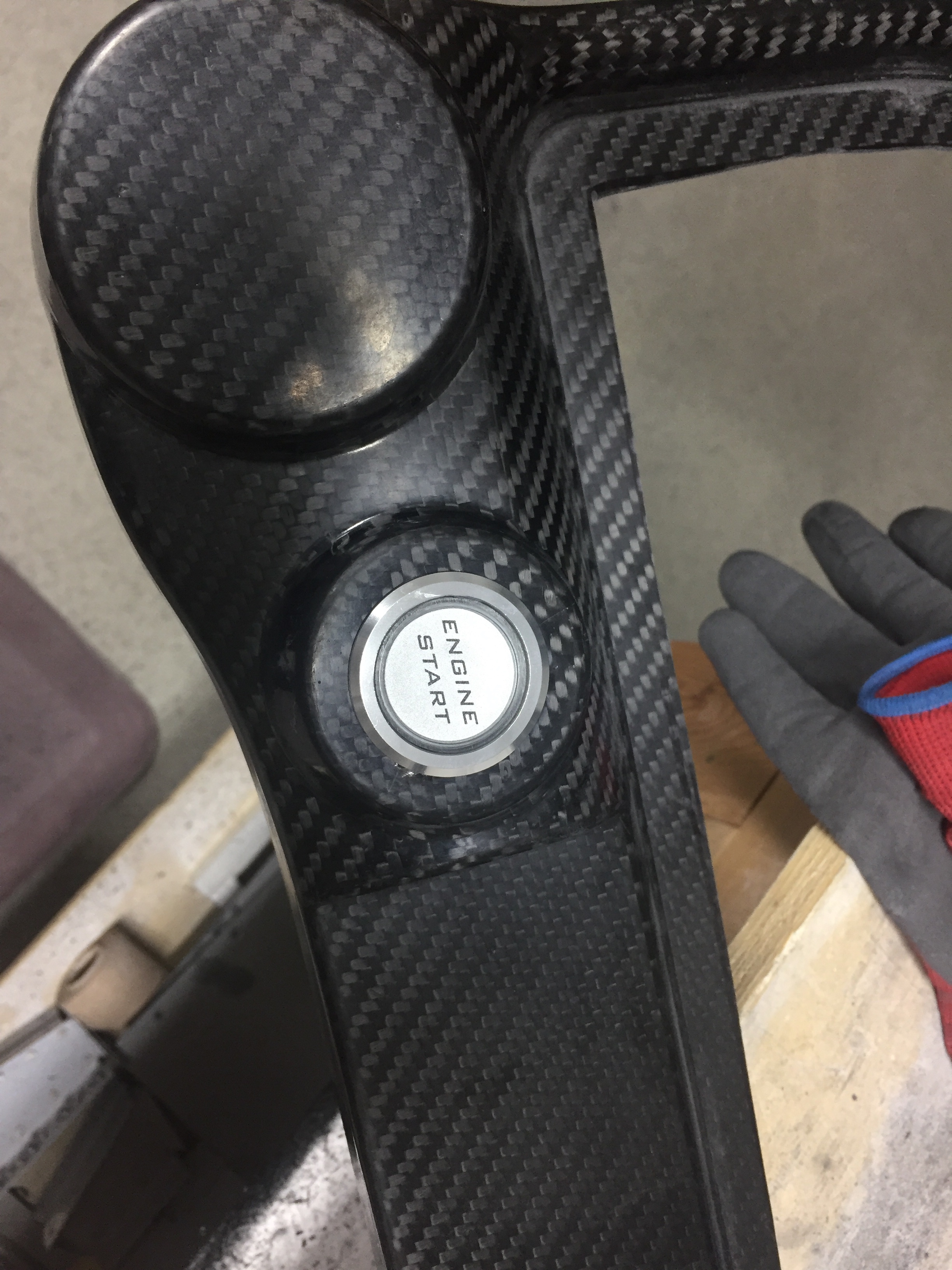
The Andair fuel valve is mounted through the tunnel on the center console as well, so I set about locating the screw holes. I mocked up the valve itself on the stock mount and will need to create a larger mounting plate for the valve housing down the road. It allowed me to trim the handle extension and locate the plate on top of the console. Again, had to mock it up and do some airplane noises while turning the valve. The noises worked perfectly; so did the valve.
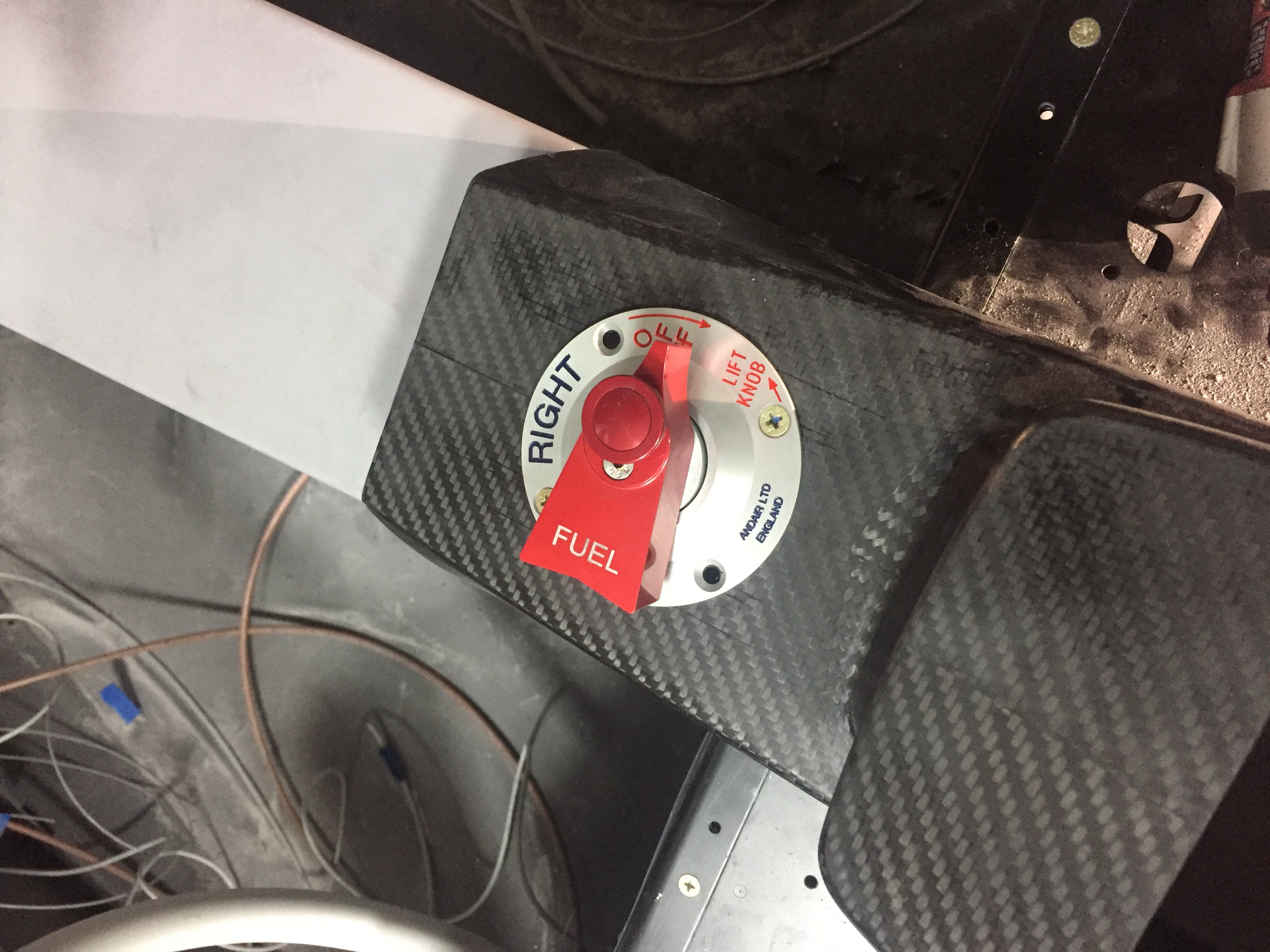
Finally, I cut the throttle quadrant area out and worked on installing the quadrant onto the tunnel cover. Thanks to Ed and Aerosport’s awesome YouTube video, it was pretty painless and I wound up with a very nice fit with the throttles fitting flush with the console when everything is installed. I cut a large slit on the throttle friction lock area that allows easy removal of the console. I’ll create a trim plate to cover up the slit for a finished look. With the main carbon work done, it was time to drop off the instrument panel parts and center console to a paint shop for a clear coat. I want to leave the carbon look exposed but wasn’t happy with the finish right out of the mold. I had originally asked Aerosport to clear the items but they quoted over $1500 just for the clear coat. I almost choked. I love them to death and they’ve done a lot to help, but I couldn’t swallow that pill. A few calls around the area and a local custom motorcycle paint shop could perform the work in four days for $250. We’ll see how they turn out next.
